|
Proper hydration is crucial for athletes striving for peak performance. It influences everything from endurance to recovery, making it essential to understand how to hydrate effectively. Here’s a guide to getting hydration right, with a special focus women’s unique needs. The Basics of Hydration Staying hydrated is more than just drinking water. It involves balancing fluids and electrolytes, particularly sodium, to maintain optimal body function. Why Sodium Matters Sodium is a key electrolyte lost through sweat. It helps maintain fluid balance, nerve function, and muscle contractions. Athletes, especially those participating in endurance sports like triathlons, need to replenish sodium to prevent cramping, fatigue, and hyponatremia (low blood sodium levels). Identifying Sodium Loss Salt Residue: Noticeable salt on your skin or clothes after exercise indicates significant sodium loss. Adjust your intake of electrolyte-rich drinks accordingly. Get your hydration right Pre-Hydrate: Start your training or race well-hydrated. Drink 470 – 600mls of fluid in the hours leading up to your activity. During Exercise: Aim to drink 200-300mls of fluid every 10-20 minutes. Use sports drinks that contain electrolytes to replenish lost sodium. Post-Exercise: Rehydrate with a mix of water and electrolyte-rich drinks. Consume salty snacks or meals to help replenish sodium stores. Monitor Sweat Loss: Weigh yourself before and after exercise. A weight loss of more than 2% indicates dehydration. Adjust fluid intake accordingly. The Unique Needs of Female Athletes Women have distinct physiological differences that influence their hydration needs. Hormonal fluctuations throughout the menstrual cycle can impact fluid balance and sodium needs. Key Considerations for Women
Hormonal Fluctuations: Oestrogen and progesterone levels can affect fluid retention and sodium regulation. During the high-hormone phase (luteal phase), women may need more sodium to maintain balance. Increased Risk of Hyponatremia: Women are generally at a higher risk of hyponatremia due to smaller body size and slower sweat rates. This makes it crucial to focus on sodium intake alongside fluid consumption. Tailored Hydration Plans: Women should personalise their hydration strategies, considering factors like the menstrual cycle, weather conditions, and individual sweat rates. Special Considerations for Perimenopausal and Menopausal Women Altered Thirst Response: Hormonal changes can dull the thirst mechanism, making it harder to recognise dehydration. Increased Hydration Needs: Due to changes in body composition and metabolism, women in these stages may need to be more proactive about fluid intake. Tips for Female Athletes Track Your Cycle: Be aware of how your menstrual cycle affects your hydration needs. Increase sodium intake during the luteal phase if necessary. Listen to Your Body: Pay attention to signs of dehydration such as dizziness, headaches, or unusual fatigue. Adjust your hydration strategy accordingly. Consult a Specialist: Work with a nutritionist or sports dietitian to develop a personalised hydration plan that aligns with your training and hormonal cycle. Hydration is a powerful tool for athletes, directly impacting performance and recovery. By understanding the role of sodium and considering individual needs—especially for female athletes—you can optimise your hydration strategy and achieve your athletic goals. Remember, hydration is not one-size-fits-all; it’s about finding what works best for you.
0 Comments
In the pursuit of fitness, the debate between strength training and cardio often rages on, and is a particularly hot topic as women move through menopause and start to experience body composition changes. While activities like running, cycling, and swimming hold undeniable benefits (and trust me I love them all), the importance of strength training for women is often woefully overlooked. As a personal trainer, triathlon coach and multi sport athlete, I've witnessed first-hand the transformative power of strength training in women's fitness journeys. Yet so often I see women prioritising long, mid HR zone bike rides or runs, thinking that this will help them to lose weight, feel and look better etc.. Let’s look at why women need to prioritise strength training over cardio for lifelong fitness. Strong Bones, Strong Women: One of the key benefits of strength training is its role in promoting bone health. As women age, they become more susceptible to osteoporosis, a condition characterised by weakened bones. Did you know that in the UK one in two women over 50 has osteoporosis and will suffer a fracture because of it? Strength training helps counteract this by increasing bone density, reducing the risk of fractures and osteoporosis-related complications. Metabolic Health and Efficiency: Unlike cardio, which primarily burns calories during exercise, strength training revs up your metabolism long after the workout is over. This is due to the muscle repair and growth process, which requires energy. Strength training helps women build lean muscle mass, leading to a higher resting metabolic rate and more efficient fat burning. Strength training also plays a vital role in improving metabolic health by enhancing insulin sensitivity and glucose metabolism. This is particularly important for women, as they are more prone to conditions like insulin resistance and metabolic syndrome as they go through the hormonal changes of perimenopause and menopause. Empowerment Through Strength: Beyond physical benefits, strength training fosters a sense of empowerment! As you witness your body getting stronger, lifting heavier weights, and conquering new challenges, you experience a profound boost in confidence and self-esteem. This empowerment transcends the gym, influencing various aspects of your life. So if you are someone who is driven by PBs in terms of speed or power in your chosen sport, direct that same motivation towards strength training! Injury Prevention and Rehabilitation: While cardio activities like running can be high-impact and lead to overuse injuries, strength training helps prevent such injuries by improving muscle strength, joint stability, and flexibility. Additionally, it plays a crucial role in rehabilitation post-injury, aiding in the restoration of strength and functionality. This is one I can say first hand has helped me. I have gone from dreading my running workouts due to recurring achilles injuries and niggles, to embracing hill reps due to increasing my strength training! Functional Fitness for Everyday Life: Strength training enhances functional fitness, enabling you to perform daily tasks with ease and efficiency. Whether it's lifting heavy bags, carrying children, or maintaining good posture, the strength gained in the gym translates into improved quality of life outside of it. Hormonal Harmony: Traditional cardio training can sometimes exacerbate hormonal imbalances in women, particularly in relation to cortisol and oestrogen levels. Strength training, on the other hand, offers a more balanced hormonal response, promoting overall wellbeing and hormonal harmony. Research has also shown it often helps with menopausal symptoms, especially vasomotor ones such as hot flushes. Longevity and Independence: Building and maintaining strength is essential for promoting longevity and independence as we age. It equips us with the physical resilience and independence to lead active, fulfilling lives well into their later years, reducing the risk of age-related decline and dependence. Better Body Composition: While cardio may lead to weight loss, it often results in a loss of both fat and muscle mass. Strength training, however, preserves lean muscle tissue while targeting fat loss, resulting in a more favourable body composition and toned physique. Enhanced Athletic Performance: Strength training serves as a foundation for improved athletic performance across various sports and activities, including triathlons. It enhances strength, power, and endurance, leading to better performance and reduced risk of injury during training and competition. Remember, menopause is a time when our power and strength can go into a decline, we want to keep our PB potential! Stress Relief and Mental Wellbeing: Just as cardio activities are known for their stress-relieving benefits, strength training offers its own form of mental rejuvenation. The focused, repetitive nature of lifting weights can be meditative, providing an outlet for stress and promoting mental wellbeing.
Empowering the Next Generation: By prioritising strength training, women set a powerful example for the next generation. They inspire younger girls to embrace their strength, challenge societal norms, and redefine traditional notions of femininity and fitness. So remember, whilst cardio activities undoubtedly offer numerous health benefits, women MUST prioritise strength training to ensure they are fit, strong, and resilient for life. From bone health and metabolism to empowerment and longevity, the advantages of strength training will allow you to unleash your full potential whatever your goals! BUT remember, to really hit that strength aspect in your resistance training programme you need to be working with weights that you can work within a range of 1-6 of. I am afraid that things like bodypump (low weights, high reps) don't cut it! Why Menopausal Women Should Prioritise HIIT Over Long Workouts As a personal trainer and sports coach specialising in working with women going through perimenopause and menopause, understanding the unique physiological changes during this life stage is crucial. I so often hear women saying they are doing more exercise, but either not achieving the same results as they used to, or in fact in many cases actually feeling worse – gaining weight, feeling tired and getting into a spiral of demotivation. What you need to know is how polarised training can be your friend here, and that often means more is less – so don’t go for the long, heart rate zone 3-4 bike or run workouts instead, shorter, sharper intervals will serve you much better. HIIT is a powerful tool for women in perimenopause and menopause. It addresses many of the unique health challenges faced during this stage of life, offering metabolic, cardiovascular, and hormonal benefits that longer, moderate-intensity workouts may not provide. But what is it exactly? High-Intensity Interval Training (HIIT) involves short bursts of intense exercise alternated with low-intensity recovery periods. These workouts are typically brief, ranging from 15 to 30 minutes, and are designed to maximize the benefits of exercise by combining short, high-effort intervals with periods of rest or low activity. How can it help? Improved Insulin Sensitivity and Blood Sugar Control HIIT significantly enhances insulin sensitivity and lowers fasting blood sugar levels. This is vital during menopause, a time when blood sugar regulation can become more challenging. Enhanced Cardiovascular and Metabolic Health HIIT increases the efficiency of the heart and improves fat-burning capacity. These workouts elevate stroke volume, which is the amount of blood the heart pumps per beat, and boost the number and function of mitochondria, the energy powerhouses of cells. Hormonal Benefits Engaging in HIIT sends strong signals to the brain to produce more human growth hormone (HGH) and testosterone. This helps counteract the natural decline of these hormones during menopause, aiding in the maintenance and development of muscle mass, which is crucial for overall strength and metabolism. Management of Visceral Fat HIIT is effective in reducing visceral fat, the deep belly fat that tends to increase during menopause. This type of fat is associated with higher risks of cardiovascular disease and other metabolic conditions. Short and Enjoyable Workouts Unlike longer endurance workouts, HIIT sessions are brief and intense, making them easier to fit into busy schedules. Moreover, the short duration of HIIT intervals (30 seconds or less) can be more enjoyable and sustainable, reducing the likelihood of elevated cortisol levels that longer workouts might induce. HIIT versus Longer ‘Grey Zone’ Workouts? But surely more and longer is better, it burns more calories, will make me fitter and lose weight right? This is a popular misconception, especially as we move through perimenopause and menopause, read on to see why you might be working against your changing physiology... Increased Cortisol Levels
Prolonged workouts at moderate intensity can lead to sustained high levels of cortisol, a stress hormone. While cortisol is essential for energy regulation and immune function, chronically elevated levels can lead to negative health outcomes such as increased abdominal fat, muscle breakdown, and compromised immune function. Muscle Catabolism Extended periods of exercise, especially at moderate intensities, can promote muscle catabolism (breakdown) rather than anabolism (building). This is particularly concerning for menopausal women who are already experiencing muscle loss due to hormonal changes. Fatigue and Recovery Issues Longer workouts can lead to greater fatigue and longer recovery times, which may not be ideal for menopausal women who often experience disrupted sleep patterns and reduced recovery capacity. Effective HIIT Protocols So what might a HIIT session look like? For peri or menopausal women, integrating the following HIIT routines can be beneficial. These can be incorporated into any form of exercise – running, cycling, rowing, weighted and bodyweight exercise, there are numerous possibilities! 20 On / 20 Off - Go all out for 20 seconds, rest for 20 seconds. Repeat 6-8 times. 30 On / 60 Off - Push hard for 30 seconds, recover for 60 seconds. Repeat 5-6 times. Tabatas - Perform 20 seconds of high intensity, followed by 10 seconds of rest. Repeat 6-8 times, rest for 5 minutes, and repeat another set. So the good news is, that with the stresses of the demands of our everyday lives, we can actually fit a much more effective workout into 30 minutes over a one hour zone 3 run, and it has all of the above benefits. What's not to like about that? As a personal trainer and coach, I understand the frustration that comes with being sidelined by an injury. However, I firmly believe that with the right approach, injury recovery can be a period of growth and progress. I was prompted to write this by the experience of some of my athletes who have niggling injuries at the moment, but mostly as I witness the recovery of my partner after his total knee replacement (he's doing amazingly by the way ;) ). So I’m going to share some of my personal experiences on how you can use data to facilitate your recovery journey and come back stronger than ever. I will also illustrate just how important that downtime can be! Tracking Injury-Specific Metrics Recovery isn't a linear process, and tracking injury-specific metrics can provide valuable insights into your progress. From assessing your daily injury level to monitoring soreness, mood, fatigue, motivation, sleep quality, and more, keeping a record of these metrics can help you and, those supporting you, to make informed decisions about your rehabilitation programme. Timing Your Metric Tracking Choosing specific times of the day to track your metrics can offer deeper insights into your recovery patterns. Whether it's recording how you feel first thing in the morning or tracking changes throughout the day, consistency is key. Utilise training logs or tracking apps like Training Peaks to streamline this process and ensure you capture relevant data points. Documenting Physio and Doctor Visits Physio and rehabilitation sessions are integral parts of the recovery process. By documenting these visits in your training diary or app, you create a comprehensive record of your journey. Try to include details such as exercises performed, resistance levels, and any notes on progress or setbacks. This information serves as a valuable reference point for both you, and your coach if you have one. Logging All Activity Even when you're not engaged in structured training, every activity counts towards your recovery. Whether it's completing physical therapy exercises or engaging in low-impact workouts like walking or swimming, logging these activities helps you stay accountable and track progress. Make notes on how each exercise feels and any observations that may impact your recovery. Monitoring Recovery Using Technology Incorporating technology into your recovery process can provide valuable insights. Devices that measure heart rate variability and resting heart rate offer objective data points to gauge your recovery status. Additionally, paying attention to your rate of perceived exertion in everyday tasks can provide valuable cues about your body's readiness for exercise. For female athletes I am also a big fan of Wild.AI as an app that captures subjective as well as objective data, including hormonal stages to help you navigate your recovery. Beware of too much too soon
It can be very tempting to feel you are starting to feel better and dash back into your usual training regime, and some to try and make up for lost ground. But this can be a precarious stage of your recovery, so beware! Your body will be your best guide here – you should be slowly building things back up and if things flare up (swelling, pain etc) the day after then that is your body telling you it was too much too soon. Back off, ice, rest and don’t get disheartened. Our bodies are so intelligent and will give us this alert as a reminder that we shouldn’t get carried away. Likewise they will reward us for looking after them! Embracing Year-Round Recovery Recovery isn't just something to focus on after an injury; it's a critical component of overall athletic performance. Incorporating regular rest periods into your training schedule allows your body to repair, restore, and adapt, leading to better long-term results and reduced risk of injury. Working with a personal trainer can help you strike the right balance between training and recovery, ensuring optimal performance and health. Remember! Recovery from injury is a journey that requires patience, diligence, and strategic planning. By harnessing the power of data and technology, you can navigate this journey more effectively and emerge stronger on the other side. Remember, your training journal isn't just a record of your workouts; it's your roadmap to recovery. So embrace the process, listen to your body, and trust in the power of data to guide you back to peak performance. And from personal experience, I have some great examples of both my own, and some of the people I coach being surprised at their results after a couple of weeks of enforced rest! In the world of nutrition, trends come and go, but one thing remains constant: the importance of a balanced diet. Particularly for women in peri and menopause, maintaining a balanced diet is crucial for overall health and wellbeing. Yet, amidst the myriad of dietary advice, there's often confusion and fear surrounding certain food groups, particularly carbohydrates. Let's have a look at why a balanced diet, inclusive of carbohydrates, is essential for women, particularly in this stage of life. The Carbohydrate Conundrum Women perform at their best when their bodies are adequately fuelled, and carbohydrates play a pivotal role in this process. Despite being the preferred fuel source for our brains and necessary for sustaining high-intensity efforts, carbohydrates have faced unwarranted scrutiny and demonisation in recent years. The Fallout of Carb-Phobia The roots of carb-phobia can be traced back to the misguided low-fat craze, where fat was vilified and replaced with sugar in many processed foods. This led to detrimental health consequences, including weight gain and metabolic issues. Unfortunately, this trend spurred a swing in the opposite direction, with many individuals becoming overly cautious of carbohydrates. Understanding Hormonal Sensitivity For women, especially those in peri and menopause, hormonal fluctuations can exacerbate the effects of extreme dietary restrictions. Hormones designed for our survival make women more sensitive to dramatic dietary changes. Intermittent fasting and low-carb diets, popular among men, may not yield the same benefits for women and can disrupt hormonal balance, leading to increased stress and difficulty in managing body composition. The Importance of Carbohydrates Carbohydrates are not only essential for fuelling exercise and supporting performance but also play a crucial role in maintaining hormonal balance and overall health. When carbohydrate intake falls short, there's a marked reduction in the production of kisspeptin, a neuropeptide responsible for regulating sex hormones and reproductive function. Additionally, inadequate carbohydrate intake can impair immune function, stress response, and iron regulation, particularly in women. Research Insights Recent studies have shed light on the negative impacts of low-carb diets on athletes, revealing elevated inflammation, impaired immune function, and decreased performance. Women, in particular, may experience greater physiological disruptions in response to low carbohydrate intake compared to men. And if you are thinking... “But I’m not an athlete…” Well if you are training purposefully then you are! Practical Recommendations
To avoid the detrimental effects of low carbohydrate availability, it's essential for women to prioritise carbohydrate intake, especially around exercise and training sessions. Aim for a balanced diet that includes 40% carbohydrates, 30% protein, and 30% fats at every meal, ensuring adequate fuel for physical activity and recovery. But remember to prioritise high quality macronutrients e.g carbs from wholegrains and fruit and veg rather than processed food, and good quality fats such as oily fish, nuts and seeds. And as we enter peri and menopause the role of protein becomes even more important - see my separate blog on that one! Also remember that a little treat never did anyone any harm, so have your choice of indulgence every now and then, it's good for the soul! In a landscape inundated with dietary trends and quick fixes, it's crucial for women in peri and menopause to prioritise a balanced diet that includes carbohydrates. Restricting or demonising any food group, including carbohydrates, is not conducive to optimal health and performance. By embracing a balanced approach to nutrition, women can support their hormonal health, enhance their performance, and safeguard against potential health risks associated with extreme dietary practices. Remember, fuelling your body adequately is key to thriving during all life stages. I think we can all agree that as we age, maintaining physical fitness becomes paramount for overall health and wellbeing. But did you know that regardless of gender, incorporating plyometric exercises into our fitness routines can be instrumental in preserving bone density, preventing fractures, and enhancing functional fitness? Beyond the physical benefits, engaging in activities like table tennis can serve as excellent plyometric exercises, improving proprioception and coordination. So why do I mention table tennis specifically? Well I have a little story about my dad at the end of this blog, so stay tuned and let's explore why embracing plyometrics is crucial for everyone as they age! Understanding the importance of plyometrics Plyometric exercises are characterised by explosive movements that engage fast-twitch muscle fibres, and offer a multitude of benefits as we age. These dynamic movements help maintain muscle mass, bone density, and cardiovascular health, mitigating the effects of age-related decline. While often associated with athletes, plyometrics are accessible to people of all ages and fitness levels, making them a valuable tool in the quest for healthy ageing. Preserving bone density and preventing fractures One of the primary concerns as we age is the decline in bone density, which can lead to an increased risk of fractures and osteoporosis. In fact in the UK it is estimated that one in two women, and one in five men over 50 will have an osteoporotic fracture in their lifetime*. Plyometric exercises provide a stimulus that promotes bone remodelling, helping to maintain or even increase bone density. By subjecting bones to brief, high-impact forces, plyometrics stimulate bone formation, contributing to overall skeletal health. Additionally, the strength and resilience gained from plyometric training make individuals more resistant to fractures, or in the event of a fracture, aid in the recovery process, enabling a faster return to mobility and independence. *Ref: The Royal Osteoporosis Society: Epidemiology of Osteoporotic Fracture: an overview What are they and how can you do them?
Plyometric exercises involve explosive, high-intensity movements, so it’s crucial to execute them correctly for safety. If you're new to plyometrics, start gradually and focus on proper form. Begin with toe bounces into squats to condition your body. Progress to depth drops and squat jumps, ensuring controlled landings. As you advance, incorporate lateral hops and then perhaps box jumps. Remember, warming up is key, and if you have joint issues, opt for low-impact variations like rope skipping or using a mini-trampoline. Have a look at the little video above for some ideas! Also, engaging in activities like table tennis can serve as excellent plyometric exercises, enhancing proprioception, and coordination. The quick, explosive movements required in table tennis not only improve cardiovascular fitness but also enhance balance and agility. By regularly participating in activities that challenge proprioception, you can reduce the risk of falls and enhance overall functional fitness, promoting independence and quality of life as you age. What about running? While running helps build bones, it’s far less effective than jumping, according to research. That’s because running creates mostly one-directional stress as you’re moving forward in the same plane. It’s too similar to the stress that your bones get when you walk and perform most daily tasks. What's all this talk about table tennis? Well, yes, I have a personal reason for choosing this particular sport. Three weeks ago my 83 year old dad slipped and fell on the ice during a wintry spell in Aberdeen. When I spoke to him and my mum on a FaceTime call that night I could see how much pain he was in. But, how many people of that age do you know who could a) Get themselves back off the ground and home again, and b) Be fully recovered without breaks a few weeks later? My dad has fallen on the ice before - 7 years ago he slipped and fractured his hip and wrist. It hit him hard - he likes to be active, but once recovered he decided that he wanted to make sure he was fit for life and so joined the local leisure centre where he went to the gym and pool. But it was the table tennis sessions that caught his eye and became his little passion. He has been going three times a week, playing doubles for two hours each time. I definitely think this helped him when he had his recent accident - those multi-directional movements are very much plyometric and will have helped his bone density and functional fitness. And in case you are wondering, yes, 3 weeks later he is very much back to his table tennis, but also hoping that spring comes around soon too! I was delighted to join Chris Oh on her podcast P.S Younger Self to discuss how to work with, not against your unique physiology. We discussed how to work around your hormonal cycle during your reproductive years, and through the transition into peri menopause and menopause to optimise your training and unlock your full fitness potential. Full episode is on Spotify and Apple.
Ah, sleeping and Caramel wafers, what's not to love? But as the holiday season sweeps in with its glittering lights and festive cheer, it brings mixed feelings about exercise. For some, the idea of engaging in physical activities during the chilly days of December sounds exhilarating, but for others, this time seems like one to hibernate! So how much should you train during this period? Let's have a look at some key considerations and tips to manage training, recovery, and wellbeing during the festive season, and beyond, particularly focusing on women going through the menopause transition. Finding Your Balance Finally away from your desk? Embrace the outdoors! If the holiday period lightens your work schedule usually spent inside or under florescent lighting, you might want to consider using this time to venture outdoors more frequently. While your family savours festive treats, a morning workout can set a positive tone for the day ahead. Early mornings on Christmas or New Year's Day can offer a calm atmosphere for a refreshing run or a leisurely bike ride whilst the streets are quiet. Need a Break? Embrace Rest! Sometimes, a brief hiatus from the usual training routine can be immensely beneficial. Taking a break during this period can serve as a mental rejuvenation, especially if your race season is far off. Traveling to visit family? Leave the workout gear behind and relish the freedom from training obligations. What does your coach think? Communication is key—especially with your coach. This is an opportune time to reconnect and discuss your recent training experiences. Be candid about your holiday schedule and family commitments. Opting for the right choice during this time can recharge your training or rest, setting the tone for a powerful start in January. Navigating Menopause and Recovery The menopause transition brings hormonal shifts that impact recovery. Understanding how to support your body during this phase is crucial. There are some key protocols here that you should remind yourself of no matter how active you plan to be. Set yourself up for success in the new year! Warm Up & Cool Down Prioritise a proper warm-up and cool-down during all workouts. For menopausal women in particular, these routines assist in optimising blood flow, minimising stress on the body, and aiding in recovery while reducing the risk of injury. Never skip them! Nutrition Matters Adequate protein intake aids in muscle repair and maintenance, especially important as we move through menopause and lean muscle mass starts to decline. Consuming 25-30 grams of protein several times a day, especially post-workout, can prevent muscle breakdown. Balancing this with sufficient carbohydrates fuels workouts and diminishes cortisol responses to exercise. Again, no matter how active you are during the festive break, getting into good habits in terms of your macronutrients is a good protocol. So enjoy those protein rich foods like turkey! Mobility and Massage Incorporate mobility exercises and self-massage techniques like foam rolling throughout your year. These practices prevent tightness, enhance flexibility, and facilitate recovery by flushing out waste products and improving blood flow to muscles. Get ahead of the new year rush by booking in a well-earned massage with your favourite therapist in January – your body and mind will thank you for it in these dark, gloomy months. Cold Water Therapy What can I say? You don’t need to be an aficionado of cold-water swimming like me to get the benefits of this. Cold showers and short cold baths have also been shown to have benefits not only in terms of muscle recovery but also for mental resilience. More to follow on this one in my next blog! Respect Recovery Days Allow your body proper rest by integrating easy training and recovery days into your routine. Adjust training blocks to ensure a balance between intense workouts and recovery periods. For women going through perimenopause and menopause, a training cycle of two weeks build and one week recovery (lower volume and/or intensity) has been shown to be much more effective in terms of good recovery and adaptations than the traditional three week build and one week recovery. Monitoring Your Recovery Utilise technology or listen to your body cues to gauge recovery. Devices measuring heart rate variability and resting heart rate can provide valuable insights. Get used to using these (I can recommend HRV4 Training) to understand what your normal levels are. Additionally, keep a track of your own rate of perceived exertion in everyday tasks. If you start to notice that you are more out of breath than normal running for the bus or climbing stairs for example, it can also indicate recovery levels are not optimal. Embrace a Balanced Approach
Remember, a harmonious balance between training and recovery during the holidays can set the stage for a revitalised approach to fitness in the coming year. As the new year beckons, aim to embark on your fitness journey from a position of strength and rejuvenation. The festive period offers a chance to adapt your training regimen to suit your needs and circumstances. Recognising the importance of recovery, especially during menopause, empowers women to optimise their fitness whilst prioritising wellbeing. Merry Christmas to you all, and here is to a strong and healthy 2024! Health Hacks is a podcast for high performing, professional women looking at ways to optimise all areas of their health and wellness. So it was a pleasure to be invited to join host Caroline Milne to discuss my passion of empowering women to get the most of their training in midlife and beyond. Listen via the Spotify link HERE or on Apple podcasts.
I was delighted to be invited onto the North Star podcast to talk with Mackenzie Belcastro about my passion to empower women to achieve their goals whatever their hormonal stage. This episode is available via the Spotify link HERE or also on Apple podcasts.
This week I was invited to contribute to an article on the benefits of cycling for women over 40 via the Woman and Home Health & Wellbeing website. I love this platform for its regular range of expert advice, tips and guidance from medical and healthcare professionals to help us to take care of our physical health and mental wellbeing. I was delighted to add my knowledge around the benefits of cycling to alleviate symptoms of perimenopause and menopause, and also how we should adapt our training to help with body composition. There is a wealth of information in this article from university and health studies too – so many reasons to get out on that bike! See the link to the article here.
Life is hectic, busy jobs, demanding families - how best to fit in your training? Often I see athletes squeezing in evening workouts, then suffering from poor sleep. It’s no surprise that the next day they struggle to get out of bed and so the cycle continues. What is going on and why can this impact negatively on your training and recovery? Cortisol. What do you think of when you hear that word? Does the phrase ‘the stress hormone’ spring to mind? Whilst cortisol can be helpful when you're rushing for a deadline or running to catch a bus, not many people realise its huge impacts on our sleep. If you ever have trouble falling, and staying asleep, there’s a good chance that your body is too fired up with this hormone. Not to be vilified, cortisol is crucial to many daily functions. As well as activating our fight-or-flight response, this hormone is also crucial for waking us up in the morning and lowering body inflammation when functioning normally. However, too much cortisol circulating in your body can wreak havoc on your sleep patterns, as well as your health and wellbeing in the short and long term. In anticipation of our waking time, the circadian clock starts off a chain reaction of a series of hormones that results in the release of cortisol. Your body’s cortisol reserves then gradually decline as the day goes on as you head towards bedtime. What happens when cortisol goes awry? A busy lifestyle, stressful work demands, family obligations, and packing in late workouts can throw this cortisol activity out of sync. You get stuck in a high cortisol state, which is not only detrimental for your sleep-wake cycle, but it also lowers your metabolism, impairs your body’s ability to build muscle mass, and causes your body to break down protein into glucose (sugar). This excess glucose is then stored as fat. High cortisol levels are specifically linked to visceral (belly) fat, often the most stubborn fat on the body. Consistently high cortisol levels also leave us vulnerable to insulin resistance, a precursor to both diabetes and obesity. The resulting sleep loss also intensifies your body's cortisol concentration meaning it is elevated throughout the day. Added to this tiredness from not sleeping well, your brain then perceives that fatigue as the need for sugar. This can lead to carbohydrate cravings, fluxes in blood sugar and a lack of insulin control. And so the vicious cycle continues…. Not to mention those 'other' hormonal fluctuations
As women move into perimenopause and menopause, hormone-related sleep issues present another challenge. Both oestrogen and progesterone affect sleep quality and quantity. As your hormones drop, sleep disturbances rise, resulting in poor recovery. And of course bouts of hot flushes and night sweats don’t help, either. So is all night time exercise bad? Low level, aerobic exercise (maximum heart rate zone 1 - 2) may well work for you, as this doesn’t adversely raise cortisol, so long as it isn't too close to bedtime. However, typically I see people doing gym and HIIT type sessions* into the evening, This exercise releases adrenaline and cortisol, which raise your body temperature and keeps you alert. Furthermore, late exercise invariably comes with late light exposure. This late light delays the release of the sleep-promoting hormone melatonin, preventing you from feeling sleepy when it's time for bed. *As a side note, HIIT sessions are fantastic exercise protocols, especially for women going through the perimenopause and menopause for many reasons including cortisol management, but the timing of them is key. For more info on this, see my previous post here. Reasons to be an early exerciser It works with your cortisol: In general, to capitalise your morning cortisol surge, it would make sense to get in an early workout session. As cortisol has anti-inflammatory properties, it plays a key role in your body's rest-and-repair mechanism, which may help speed up post-exercise recovery. In turn it should also help with that night’s sleep. Helps you establish a fitness routine: People who exercise in the morning are often more consistent simply because morning workouts leave less room for excuses. If you train first thing in the morning, you can't skip it in the evening because work got in the way. May improve your sleep cycle: Waking up early might be difficult at first, but research suggests that a morning exercise habit can shift your circadian rhythm so that your body is naturally more alert in the morning and more tired in the evening, so you fall asleep earlier and can exercise in the morning again. And of course sleep helps facilitate muscle growth, so you might even see more strength gains if your circadian rhythm and sleep cycle improve. Can boost your mood throughout the day: Morning workouts are a great way to start each day on a high note due to the endorphins your body produces in response to exercise which keep your mood elevated long past your training. The sense of accomplishment you get after completing a workout can also set you up for an optimistic day. What else can you do to help cortisol levels and sleep? So, we now have an idea of how to manage our exercise protocols and timing of training. But of course life throws us all sorts of other stresses, so how can we help ease ourselves into a restorative sleep? Meditation or practices like yin yoga in the evening can help to bring that parasympathetic system more into play and decrease the stress and cortisol levels. Even getting in some short practices like 'legs up the wall', or getting the legs above the heart can help aid recovery, accelerating the reset process and switching on the parasympathetic system. Delay going to bed after exercise, aim for leaving three hours between the end of your exercise and bedtime, remembering of course to refuel after your training, ensuring you get in adequate protein and replenish those glycogen stores. Read a book: Research has shown that a mere six minutes of sustained reading can lower stress levels by up to 68%! Stay calm during your sleep reset: Waking up in the middle of the night is a common sleep disturbance problem many of us struggle with. The trick, though, is not to stress over how you can't get back to sleep. Doing so will only spike your cortisol levels and spring you into a fully awakened state, making sleep that much more elusive. Drinking a glass of tart cherry juice 30 minutes before bed has been shown to improve endurance and reduce inflammation. It is also one of the few food sources of sleep-promoting melatonin. But for more expert tips on all things sleep related, follow my good friend Dr Nerina Ramlakhan, who is a true guru on the subject! Fuelling for performance in the perimenopause and menopause: Sources and importance of protein14/11/2022 Recently I posted about the importance of protein for women in peri and menopause, and particularly anyone who is training. I wasn’t entirely surprised at the reaction to my post – mostly women realising that they aren’t hitting their protein target, and recognising why they were not performing at their best, frequently not sleeping well, and often still feeling very hungry. A lot of questions that came up were about the best sources of protein, and also how other nutrients play their part. So, here, as promised is my blog post where I dive a bit deeper into some of these points. How Your Hormones Impact Your Protein Needs Protein intake is especially important for women. Our hormonal fluctuations often put us in a catabolic state, i.e you are breaking down or losing overall mass, both fat and muscle. So, depending upon our menstrual cycle and menopausal status, we may be more inclined to break down, than we are to build muscle. There are various impacts to pay attention to during the phases of a normal menstrual cycle, but I am going to focus here on the peri and post-menopausal years. At this time hormones begin to fluctuate and decline, and we lose the anabolic (muscle-making) stimulus that oestrogen helped provide. So this is when we need more protein to pick up where our hormones left off. Research also shows that with age, we also need more protein for the same training adaptations. How Much Protein Do Active Women Need? Whether you are a strength or endurance athlete, you need plenty of protein to support your training and recovery. In general terms, women should aim for 1.7 to 2.4 grams of protein per kilogram of body weight per day. Women in the menopause transition however should target the higher end of that range (2.2 to 2.4 grams per kilogram), aiming for the lower end on easier days, and the higher end on very heavy training days. Protein is also necessary to facilitate fat loss, as it keeps the muscles repairing and rebuilding, allowing carbohydrates to refuel the muscles and liver – allowing fat stores to stay empty. Some of the other great properties about protein are that it takes more work to digest than other foods, so it burns calories when we simply process it, and so it also increases satiety (the feeling of being full). What are the best protein sources? This is the BIG question that I get asked about. I recognise that there is a trend towards plant-based diets at the moment, which I understand. However, we need to be aware of the best sources of protein, and this is where those following a vegetarian or vegan diet will need to be extra mindful of making sure they are getting enough quality protein. The diagram below demonstrates some of the most common sources of protein. If you eat animal-based protein like chicken, beef, or fish we can see that an average 100-125g serving is giving you between 21 and 30g of protein. One cup of two percent cottage cheese is also about 30g, and low-fat Greek yogurt contains about 20g per cup serving. If you are eating a plant-based diet, it can be slightly more challenging, where you should look to meet your protein needs with soy foods like tempeh, edamame and seitan (but be aware of the gluten here if you have any intolerances), as well as nuts and seeds (and nut and seed butters) and beans and legumes. A blender is also your friend here. You can blend 90-110g of tofu with nut butter, frozen cauliflower, and hemp and chia seeds to get a completely vegan 30g protein hit. What about protein powders? It is very common in today’s fast paced world to find ourselves squeezed for time to not only fit in our training, but also ensure we prioritise that important post exercise protein hit. So we often reach for the convenient solutions - protein bars and protein drinks. These will meet our protein requirements, right? Up to a point, but these sports foods are engineered specifically from a macronutrient, and are not as smart as nature, often missing a lot of the phytonutrients that help our body digest and adapt to stress. So whilst these products are convenient and have their place (for example trying to get that post exercise protein hit when you are travelling back from training) real food is always better.
What sort of composition should you be looking for from a protein powder? I am not a nutritionist*, but from the studies I have done via the Dr Stacy Sims 'Menopause for Athletes' course, she gives some great insights into the different types available and what we should be looking at:
Timing of protein intake Equally important as how much protein you eat is when you eat it. Our bodies respond best to an equally spread dose of protein throughout the day. Pre-menopausal women should aim for 30 grams of high-quality protein within 30 to 45 minutes after exercise and regular doses of 30 to 40 grams of protein at each meal and 15 to 20 from snacks. A little known fact is that the timing of this post-exercise protein is even more important for women than it is for men, as our bodies return to baseline a lot quicker, whereas men have a longer window to refuel. After that point, your insulin sensitivity declines, so it takes your muscles longer to absorb the glucose from your bloodstream, and as a result, your overall glycogen storage is lower. Eating immediately after hard exercise delays this decline in insulin sensitivity. That’s especially important for women in the menopausal transition, who may already be more insulin resistant because of the hormonal changes. Also, as you reach peri and post menopause, your anabolic resistance increases, so you want to aim to have that post-exercise protein closer to 40 grams. By ensuring you are taking in regular doses of protein throughout the day, you’ll maintain a good nitrogen balance (that is the equilibrium between protein intake and losses) for lean mass development. This will help improve your recovery, reduce post-exercise soreness, and lower your risk for injury as well. For those who are not following a plant based diet, some casein rich protein is especially useful before bedtime as the amino acids are absorbed as you sleep, in fact research shows that a nightly dose of protein boosts protein synthesis by 22 percent. (This is best to come from a real food source rather than a protein powder). There is a reason why Sir Chris Hoy has been quoted as saying he has some Greek yoghurt before bed - this is an excellent good source of protein, providing two to three times the amount of regular yoghurt, the majority of which is casein. Food for thought indeed - excuse the pun! But of course it is not all about protein, we should be getting a balance of carbohydrates and fats in our diets too. I will cover the importance and timing of these in future blog posts and look at why it is harmful that these nutrients have been demonised and restricted in recent years. *I would always recommend seeing a qualified nutritionist for a full assessment of your nutritional needs. I work with Ellie Holly who is a nutritional therapist and medical herbalist. I work with a range of colleagues to ensure that I can advise my coaching clients accurately to complement their training. Get in touch if you would like to hear more about my holistic approach to meeting your goals. Further readings and references: Hausswirth C. and Le Murr Y. Physiological and Nutritional Aspects of Post-Exercise Recovery: Specific recommendations for female athletes. Sports Med, 2011; 41(10): 861-882. Tarnopolsky MA. Sex differences in exercise metabolism and the role of 17-beta estradiol. Med Sci Sports Exerc, 2008; 40 (4): 648-54. Roepstorff C, Steffensen CH, Madsen M, et al. Gender differences in substrate utilization during submaximal exercise in endurance-trained subjects. Am J Physiol Endocrinol Metab 2002; 282 (2): E435-47. On World Menopause Day I was given the opportunity to write a guest blog for Fiona Outdoors. Fiona Russell, aka Fiona Outdoors is a widely published journalist and multi award-winning blogger who specialises in writing about the great outdoors and adventure. I love her spirit of adventure and style of writing so it was a great honour to be included on her website. To read the full article, click here.
In the world of multisport events it is definitely ‘that time of year’. If running is your main sport then you are lucky that these races tend to keep going throughout the year. However for open water swimming, road cycling, and of course triathlon the season is very much winding down. I am noticing more and more comments from athletes about missing sessions and in general not having the same motivation to train as they did during the spring and summer. In this post I want to delve a bit further into why this is happening and what we can do about it to keep ourselves motivated, and most of all fit and happy as the days grow shorter. On the whole endurance athletes are pretty self-motivated. But we are all human, and we suffer from the same fluctuations of drive as everyone else from time to time. These dips in motivation can range from the nagging desire to skip training for a day or two to full on slumps where you lose your workout mojo altogether for extended periods of time. This can also be a particularly challenging time of year, because generally your main priority events are done and dusted, and the next season’s activities are still a good way off. Not to mention the darker mornings and evenings and worsening weather. Whilst of course there is a lot to be said for a decent break if you've had a long hard season and a lot of events, in fact these transition periods are essential for mental and physical recuperation. But how do we stop those periods becoming over extended? Are you goal driven? Chances are that if you have been training with some structure for at least a few months, then you will have set yourself some sort of goals. Undoubtedly, the question ‘What am I training for now?’ has popped into all of our heads at some point. In order to remain motivated, we must recalibrate our goals. So you should get a goal in your diary for the not-too-distant future - it means we are far less likely to skip a session when we don't feel like it. Otherwise a downward spiral can kick in - missed workouts lead to a significant drop in fitness levels followed by similar drop offs in mood, self-confidence and overall productivity in life. In contrast, when we have a decent high-level goal in place the opposite tends to happen. Aiming for the goal has a positive effect on motivation, and of course exercise has proven benefits both mentally and physically. Just as importantly, it does a great job of asserting pressure on you to make that crucial first step out of the door on the days when you're feeling less than up for it. This is largely because you're fearful of the consequences of not doing so - namely falling short of the goal in some way. But there are no events! These goals don’t need to be organised events. This is the perfect time of year to set personal goals for yourself. One way to do this is to think long term, think about where you want to be six months or a year from now. Even the most elite athletes can improve, and this is exactly the time of year they make these gains. During the events season, it's all about preparing for an event, but right now you can take the time to focus extensively on improving your limiters, or the areas that may be holding you back. For some this could mean increasing your cycling power, running cadence or working on your swimming stroke. For others it could be improving your body composition, and looking at your nutrition in more detail. This is also a great time of year to work on some base strength training and develop good habits in this area. Take some time to identify two or three weaknesses that you want to improve. Think about what held you back in past events and set realistic short-term goals to help you make progress towards those improvements. Your coach can help you here. Personally I like to set myself a 20km time trial on the bike during the winter to see if I can better it each year. If finding a traffic free section of road is difficult for you then you could focus on improving your watts per kg on the turbo trainer, or if you have access to a wattbike then this is a great tool to look at your pedalling efficiency. This winter I am looking to improve my running pace as I know it probably made the difference for me between a 2nd and 1st place in my age group in a recent standard distance triathlon. Make these goals realistic though - we are thinking big picture here, chip away over the coming months, setting benchmarks every 6-8 weeks. Personally I love these type of goals – they are like the challenge of an event without all of the logistics, travel and stress involved! What else can you do to set yourself up for success? Plan to train with other people. Training with others adds a pressure of not letting them down, makes you accountable to someone else, and this alone is a powerful motivator. Training with others can also be a lot of fun and can help distract you. Think about the sessions which you find particularly difficult, are these first thing in the mornings when the urge to stay under the duvet is stronger than the one to get you out of the door to do that hill rep session? Or do you find yourself missing those evening runs, giving yourself the excuse that you have had a hard day at work? More often than not the pressure of having to show up and not let someone else down is the deciding factor in getting you out and putting in the miles. Yes, even more of a motivator than your session turning red in Training Peaks! You'll usually always find that you either enjoy the training once it's underway, or at very least get a sense of satisfaction from once it's done. Plan tomorrow, tonight. Having the discipline to spend two minutes at the end of each day thinking about what training you're going to do the next day can be hugely beneficial. If you're working to a set training plan, then looking through it can be helpful in making sure that you are mentally as well as physically prepared for it. Logistically make sure that you have your kit looked out, taking into consideration the weather conditions, and that all of your nutrition is organised. This reduces the chances of being tripped up by anything that gives you an excuse to not get the job done. Oh and take the advice of a cycling coach I know – look at the ACTUAL weather outside rather than what your app is predicting. I am always amazed by how many people decide not to do an early morning session the night before on the basis that “It says it is going to rain”. Firstly, these predictions aren’t always accurate, and more importantly, yes, it also rains at races, best get used to it! Perimenopause, Menopause and Motivation Yes, it’s no surprise that women at these life stages can often suffer even more from dips in motivation. Menopause can wreak havoc on your mental health and make you feel off your game. As oestrogen declines, areas of the brain that play a major role in memory learning and emotion regulation decline as a result. These oestrogen fluctuations and decline can lead to mood swings and feelings of panic or anxiety. Not to mention the frustration and low mood that can accompany bouts of brain fog. Add into this negative body image issues which can arise and all of this can wreak havoc on your mood, your motivation and mental game during your menopausal years. Time to train smarter, not longer In addition to the tips on motivation above, women need to change the way they train. When women find that their training isn't working like it used to after hitting their menopausal years, they immediately double down and do more of the same type of training and often restrict calorie intake to boot. But your body is different now, which means you need to train differently. Any lifelong endurance athlete will tell you that as they get older, especially women in menopause, they needed more truly easy days. More strength and mobility work and more short high intensity workouts along with less overall volume. Less is more. Quality is everything. This is where the benefits of HIIT (high intensity interval training) come into play again, along with the importance of strength training. For more information on the whole area of training adaptations during this time, have a look at my blog post here. Try something new If you've been doing the same sport most of your adult life, it might be time to step away for a brief respite and try something new - even if it's just a different variation on the same sport. One athlete I worked with had been a road cyclist for as long as she could remember. She was starting to lose her motivation to compete at the same level and wasn’t enjoying the training as much as a result. After a trial session with a gravel cycling club she was completely hooked, loved the playfulness it brought and now has a whole new lease of life! She has even rekindled her competitive spirit and has entered some races in the sport. At the very least, amp up your passion for your existing sport by incorporating some new angles to it like plyometrics to support your running, or some tai chi to improve your coordination, proprioception, and balance. For me personally, paddle boarding is a great complementary sport which gets me out on the water, and improves my balance and core strength. Then there is the whole area of setting your chosen goal and tracking your progress. There is some interesting research that has been done on how we perceive our progress against what we have actually done (usually we are a lot harder on ourselves than we should be).
This is a whole topic I will cover in my next blog post so watch this space... It's been two weeks since I completed my 24 Hour Aquabike and what a challenge it was! Now that I've had time to process it all I wanted to share some of my experiences and learnings so that hopefully it can be of help to anyone who is undertaking an endurance event. This part of my blog will cover some of the pre event prep, with part two on the challenge itself to follow... The preparation The key part! As an events specialist, I find the preparation phase comes quite naturally to me, and in many ways I preferred being in control of the organisation of the challenge. I could decide on the timing and format of the event, and who my key team would be. I was keen not to overcomplicate things (in fact the standing joke has been that initially I thought I could just rock up on my bike with my panniers and swim and cycle completely unsupported for 24 hours). I decided that starting the event at 8pm would allow me to do the darker hours of the challenge earlier on, meaning I would be fresher when light was harder to navigate. Training Despite wondering if I really needed to do a night time recce (I mean it's just the same process but in the dark right?) I was so glad that I did. Although I was only out for one bike and one swim at night in my practice run, it was a whole different ball game. Once the light went in Richmond Park it REALLY went - with no street lighting, and deer jumping out at you left right and centre. Similar challenges faced me at the river (minus the wildlife) which was pitch black but eerily beautiful. It has to be said that my training took a bit of a hit in March when I contracted shingles which affected me for four weeks. But I am really pleased with how I managed this, following my own mantra of listening to my body and not pushing through when I felt overly tired, or when my HRV was alerting me. Again, following the protocols I promote to those I coach, I kept my longer training sessions in HR zones 1 or 2 max. It's great news for events like this to know that women are inherently built for endurance, so the longest training session I did was just over seven hours including four rounds of cycling and three swims, really to check on how those endless transitions would feel. A few lessons were learned there about kit and how to not feel like I was constantly wet! Being very aware that our ability to maintain fast-twitch fibre action, power and speed take a hit as we hit the perimenopause and menopause stages of our lives, I ensured that I included HIIT intervals into my bike, swim (and run) sessions, and also added heavy lifting in my strength training, especially deadlifts and squats. Throughout the past year I had been working with this methodology of long, easy endurance work, complemented with short sharp sessions, i.e hard being HARD and easy being easy. This ensures that the cortisol which can rise during perimenopause and menopause doesn't hang around and cause long term fatigue. This training was also working in tandem as I had a standard distance triathlon planned for three weeks before my Aquabike. Alas the events company that were due to deliver that event went bust the week before so my running skills were never put to the test. Nutrition The importance of nutrition can't be underestimated as I know only too well and am often stressing to the athletes I coach. For shorter races, say up to a couple of hours, you can get away with quick release energy products and gels to see you through, but as it gets into longer periods of activity this is where you can really get caught out. I have been witness to people with energy depletion or GI distress ruining the event they had otherwise trained so hard for. Also an issue, especially with women is LEA (low energy availability). This has become a bit of a concern in recent years when carbs became the next food group to become demonised and it is very common to see women not consuming enough carbohydrate during their training. For intense training for endurance events (i.e over 5 hours per day) a woman needs to be consuming 6-7g of carbs per kg of bodyweight. I rarely use gels, even for shorter events, and have my own tried and tested combo of pieces of Soreen malt loaf, jelly babies and pieces of oat/porridge bars that work really well for me. I always find it interesting how much people will pay for 'sports specific' energy bars when good old Soreen has as much carbohydrate, and often more than a lot of them. There is a reason why it has been a favourite of even pro cyclists for over 80 years! This sort of snack/sugary food wasn't going to cut it for 24 hours though and so I experimented with some real food ideas containing some protein which I knew I would also look forward to every six hours, keeping with my body's usual 'feeding window'. I settled on my staple, overnight oats for early morning, egg noodles with chicken for 'lunch' and good old cheese sandwiches for a pick-me-up! Ah it's the simple things... Both my food and kit prep was like a military operation. Making up bags of snacks for the bike, bottles of hydration and so on. It is of course a personal preference but I am very much in agreement with Dr Stacy Sims that food should be in your pocket and hydration in your bottle. A lot of people choose carbohydrate rich drinks, but I find they can be sickly, or fill you up, sometimes blunting your thirst and meaning that you don't consume enough hydration. Then there was the kit: lights for swimming, lights for cycling, dryrobes, towels, changes of trisuits, tops to allow for cold at night and hot during the day, or rain and so on it went. Not to mention the personal care side of things, medications, creams, wipes etc etc. All of this had to be organised a week in advance when my partner Ian could store it ready in his car so that I didn't have to cycle with it all to Teddington. Which brings me onto.... The Team! Invaluable, that's all I can say. Going back to my crazy idea of doing the whole challenge totally unsupported I realised when I saw my kit alone that those would have been VERY heavy panniers! I had a fine line to walk here though - I needed enough support by people who understood what was going on and could be agile, but not too many that would end up making me feel like I was in work mode and running an event for other people. Ian, for all of his initial joking about saying I should text him and let him know how I was getting on, really stepped up and decided he was going to be there for the whole 24 hours to support me. This was on the understanding of course that "If you even think about stopping I will boot your a**e and tell you to get on with it". That's the kind of Scottish tough love I understand, and earned him the title of 'Head of Motivation' for the challenge. Hila, what a find! In fact found living in the flat downstairs from Ian up in Bucks. I remember my excitement when I first discovered she was a paddleboarder, but more than that, Hila is a great ops person, with her very own van and gazebo set up which would turn out to be our very own HQ for the event. Also, Hila is currently training to row the Atlantic in 2023 so I knew I was in safe hands with her as my very own river guide during my swim sections. Nerina, the other key linch pin in my little team. Appropriately she was someone I met during the Covid lockdowns in early 2021 when even the Serpentine wasn't allowed to open and I made my first trips to Teddington to swim in the Thames. She has become a firm friend, and as a sleep expert, I turned to her for some advice on energy management during the challenge. There would be no sleep here, so she gave me some great tips and exercises which we captured in this video below. Nerina also swapped her usual swimming attire to join me on a couple of my bike rides. My other core supporters were Luisa, Giovanna and Fiona, but more on them as we go through the process of the actual event....Part 2 on that coming shortly!
For many people, working with a coach makes the difference between just training and doing focused workouts to meet a goal. Yet many are initially hesitant about hiring a coach. One of the most common questions I hear is “Aren’t coaches just for athletes?” Well the dictionary definition of an athlete is “a person who is trained or skilled in exercises, sports, or games requiring physical strength, agility, or stamina.” According to track and field coach and Nike co-founder Bill Bowerman, “If you have a body, you are an athlete.” So let’s start by embracing that identity. If you are reading this, the chances are you are probably participating in a sport, so by definition that makes you an athlete. Another concern about having a coach can be justifying the cost. I believe like everything in life, if there is someone more qualified at something than I am, then why would I use my own precious time trying to learn that skill? From physiotherapy to accountancy, there are a range of aptitudes that I am not going to try to teach myself. Hiring a coach provides you with an ally and guide who can help you achieve your goals, manage your time, and take the guesswork out of your training. Let’s take a closer look at what a coach can do for you. Gives you structure For many athletes, setting up the structure of their training is the hardest part. There are many components involved in how you prepare for your event. Factors like experience, goal time, time to train and others all come into play. Many athletes go out and do whatever they feel like on any given day. Haphazard training like this is not the best way to get faster. A coach will build structure into your training in a scientifically proven way that will maximise your performance on race day. How many of us really train smart and understand when and how to focus on muscular endurance or anaerobic sessions during our training season? A coach will harness principles such as periodisation, specificity and peaking to construct a macrocycle that will allow you to get the most out of your training. Saves you time (and energy) Generic training plans, like ones that can be downloaded from the internet are difficult to stick to, and are probably not ideal for anyone (let's not even start on the fact that most of them are devised around the male physiology!). Likewise building your own training plan can be technically difficult and often leads to anxiety that you're missing something. This undermines your confidence and often leads to poor planning and chaotic training. The majority of athletes have limited time to spend training, so ensuring that every session matters is key. Having a coach takes the guesswork out of your scheduling – they will create a plan that works with your schedule and directly addresses your strengths and weaknesses. This frees you up to have one sole focus: getting the training done. This is mentally liberating and allows you to channel your energy into nailing workouts. Provides Accountability and Motivation Daily training, whilst effective, can also be draining. From hard tempo runs to long bike rides, the training can be daunting at times. Discipline requires will-power, which is a finite resource and even the best of us can run out of it. Having a coach invested in your success and monitoring your workouts simply makes it easier to tackle your workouts. Those little voices in your head that question why you need to bother, or who will know if you miss a workout subside when you have someone holding you accountable. Remember – even coaches have coaches for this reason. Having someone else to cheer you on and push your limits can make all the difference. Having a coach to encourage you through training, even on the difficult days can keep you on track to reach your goals. When you have support you can reach higher. I love hearing how not only the physical, but the mental side of coaching has inspired my athletes to great things with comments like this: “With Denise’s help I discovered how to find empowerment in my fear, how to tap into my inner potential, how to celebrate every step along the way..." Shares experience and knowledge Many people learn with trial and error but having a coach can eliminate a lot of those trials so that you have fewer errors in training and racing. Their expertise should eliminate the learning curve for you. Endurance training in particular can be addictive, and overtraining is a real concern. Having someone else to monitor not just your daily workouts but your overall health can keep you from overdoing it. For many athletes, taking a rest is the hardest part of training. Going too hard, too often can lead to injury, something no athlete wants to experience. Having a coach pull back your training before an injury happens is highly valuable. Does the analysis for you Doing the training is one thing, but how do you dissect that information afterwards? It can be overwhelming and time consuming. As well as heart rate, power and so on, a good coach will be familiar looking at data such as efficiency factor, intensity factor, TSS and many more metrics. Not only that but coaches who offer 1:1 analysis sessions on your form in any of your disciplines are invaluable. Swimming in particular is such a technical sport, with so many nuances that it is hard for an athlete to really know what their stroke looks like, yet when corrections are made it can a significant difference. Reactions like this make me smile: “Thank you Denise, finally, with your help I am getting faster and I now love swimming!” What about female specific coaching?
Well of course this is something I am passionate about. In the same way that no two athletes should be treated the same or given an ‘off the shelf’ training plan, women should not be training using the same protocols as men. In the words of Dr Stacy Sims “women are not small men”, yet as most physical training research has historically been conducted on men, this is exactly what has happened – many training plans are produced for men and ‘shrunk’ for women. At the most basic level, the standard training structure of progressive overload followed by a short de-load on a standardised ‘3 weeks on, 1 week off’ pattern frequently applied to men does not permit women to take advantage of optimal training adaptations the way they can if they match their training intensity to their physiology and hormone levels. But this is a much bigger subject which I will go into in my next blog, so watch this space…. In the first part of my blog post we left off halfway through my challenge at 8am on the Friday morning, where I had completed just over 5.2km of swimming and 160km on the bike in the first 12 hours of my Aquabike. The other highlight of that time of day was that the YMCA gym had opened and so I could use their toilets, yay, how exciting, indoors weeing! I was feeling pretty smug as I did my fifth swim and then set off on my next two hour bike ride. And then suddenly things started to hurt. The wind had picked up and the hills around Richmond Park were starting to feel harder and harder. The sun might have finally come out, but my mind started to torment me for being so self-congratulatory. It was 10am and I did the thing I told myself not to do – think about how long there was left to go. As I cycled back into our little base I shouted out “ok this is officially bloody hard!” and got off my bike trying not to cry, thinking that I had done 15 hours, but still had 9 hours left to go. I tried to not be too grumpy though as one of my swimming buddies from the Serpentine, Fiona was there smiling and waving some homemade protein cookies at me. I got into the river for swim number six and was aware of how busy the water had become. Ever the pro though, Hila had my back and kept me clear of the groups of rowers who had now come out. At one point I was aware of her talking to one of them and then the rower shouting at me “Well done, that’s amazing, keep going!” It immediately lifted my spirits and made me feel proud. It was time for another 20 minute break and a chance to eat something half decent. Chicken with egg noodles, even though it was cold, felt like a real pick-me-up. I thought I would also treat myself to my second change of trisuit and so sat huddled in my Dryrobe until I had completely dried off before I attempted that clammy change again. The sun may have come out but the wind was ever present and I could feel how my body temperature was dropping each time I did a swim leg now. Yes there is nothing remotely glamorous about this photo below, and Ian looks like he is trying to sleep, but that was the reality of how we felt. Reading my mood, Ian asked if I would like someone to cycle the next leg with me after the swim and my face said it all, yes please! So that someone was him, and he did a great job of distracting me from the now growing pain in my right ITB and knee. We adapted the route I had been taking around Richmond Park to reduce the amount of hills as every time I did a climb my knee was starting to complain (as was Ian, although he maintains it was to take my mind off my own pain ;) ) Back into the river and everyone commented on how strong my swimming still was. I had surprised myself there as it had been a very long time since I had swum over 4km in one go, and yet I came out of my seventh swim leg having covered 8.7km without any neck or shoulder issues. Just one more swim section to go! Ah if only the same could have been said about the bike. Thankfully lovely Nerina had agreed to do another bike leg with me as she knew that by this time I would appreciate the company. She was so right, I tried not to dwell on the fact that I had another five hours to go as the pain in my right knee had started to really ramp up. Every incline and hard push down on the pedal was so painful. At one point I had to lie on the verge at the side of the road to try and massage it and stretch out my ITB. I was thankful for my next swim two hours later - hoping that the coolness of the water might help the pain. Remarkably my eighth swim was my fastest one of them all with me covering more distance than before. Was that because I knew it was my last one? It certainly wasn't because I was desperate to get back on the bike! But it turns out that the cooling swim might have helped the pain...or was it the ibuprofen and the massage ball that Ian pressed into my knee before I set off on my final two hours on the bike? By that point I certainly looked slightly delirious in any case! My final two hours on the bike were a hard lonely affair, the wind was up but at least my knee had calmed down a bit and I didn't have to resort to the desperate idea I had of cycling with one leg! As I came out of the park I realised I still had 25 minutes to go until the magic 8pm finish, and so I cycled up and down the surrounding roads determined not to cheat myself at any point. Oh but then the finish was finally in sight! I couldn't have been happier as I cycled back to our base camp to see my little band of supporters. Ian, Hila, Nerina and Luisa gave me a rousing welcome. I must admit I became a bit emotional as I realised I had actually achieved this! That final mark on my arm meant that I had completed 8 rounds of 30 min swims and 2 hour bike rides. I had cycled a total of 308km, swum 10k and been awake for over 36 hours! Add to that I hadn't seen my phone for 26 hours and I was slightly overwhelmed by the messages of support that had been coming in from friends and family, and to see that my fundraising total had jumped up by about £1000 in the past day! I am delighted to share that I exceeded my total and ended up raising over £2,400 for Carers UK and Carers Scotland. By the way you can still sponsor me here. What did I learn from this experience? Well many things....
The question now of course is....what next? ? The challenge really started for me when I had to try to get myself and my bike across to the start at Kingston on the day of a rail strike. Organised though I am, for some reason I hadn’t anticipated that the Overground would be affected and so I had to make a longer bike ride than I would have liked to get to a station. My pannier with ‘last minute things’ was also heavier than anticipated and the muggy weather and threatening rain was making everything hard work. Thank goodness for the refuge of Nerina’s house when I arrived hot and sweaty to relax and sort myself out. Ian and Hila arrived at 5pm so that we could talk things through and have something to eat. Everyone said how excited they were about the challenge and referring to it as ‘an adventure’. I must admit, I had a different feeling about this compared to mass events I have taken part in – it was nice to feel that we had control of how things would run. Of course the things I didn’t have control over were the weather or how I would fare beyond the 7+ hours of test training I had done. The set-up location outside the YMCA gym at Kingston was mapped out as Hila and Ian got to work setting up the gazebo and inflating her paddleboard. As I unpacked the bags and bags of kit I had assembled at Ian’s I realised how much of it there was – I am sure I had cycled across the Andes with less than this for a three week trip! But there was so much to factor in here, changing light, temperature and weather and I wanted to be sure I had it all covered. Suddenly time started to run away with us and very quickly it was 7.45pm. Although this event was in my control I was determined to start bang on 8pm and so I found myself dashing about to get my final kit on ahead of my first swim. There was none of the fanfare of a big event, more a case of me squeezing past some end of day sunbathers on the jetty at the Thames to drop into the water and then I was off! We had decided that rather than distance per swim/bike circuit it would be better mentally and logistically to split these sections into time. For the swim this was going to be 30 minutes at a time. With the sun now quite low the river was quietening down and Hila led me off on my first swim on her paddleboard. Well this felt nice, so far so good. I took my first 'transition' a bit too seriously, running the 200m from the river to my bike in my flip flops until I was reminded it wasn't actually a race and I should pace myself. I was still determined though to stick to my plan and make my transitions as swift as possible, and only take short breaks every 5 or 6 hours. Nerina was waiting there for me to accompany me on the first bike leg as we knew it would start to get dark by the second hour of it, and Ian had my bike ready with hydration and my small bag of snacks. The bike sections were to be 2 hours long and the first one went fairly smoothly, covering as expected, just over 40km on my trusty hybrid. Again, definitely steadily pacing myself for the next 20+ hours. The light was fading fast as I jumped off my bike and headed to the river for my second swim. Still, I was feeling good and with the lights on Hila's paddleboard and on my swimcap we felt safe. By the time I came out of this swim it was now 11.30pm and I was happy that I had taken my Dryrobe with me as those transitions in the dark are a totally different experience. With no sunlight to dry my trisuit, despite the warm day it had been, I was starting to shiver. Having done 3.5 hours of exercise I stuck to my fuelling plan and was looking forward to half a cheese sandwich (I'm easily pleased!). Ah but there was a smile to light up a dark night - Giovanna arrived ready to do the next dark bike leg with me. It was quite amazing to ride in the pitch dark with no-one around...well apart from the deer who seemed intent on jumping out at us all over the place. You definitely have to keep your wits about you! Back to the river and time for another dark swim. I was actually starting to enjoy these night sections. The river was so calm and so Hila led me right up towards the lock at Kingston rather than doing smaller laps, not that I really had any idea where I was in the eery darkness. We had started to find our rhythm here as she flashed her headtorch into the water to indicate when to turn, so that all I had to do was keep swimming, keep swimming. I was averaging about 1300m in each of these sections, definitely not my race pace but slow and steady wins the race here. Back to my little transition area and I decided to treat myself to a change of trisuit after 7 hours in that suit and all that went with it. I was grateful for our little gazebo set up as I forgot how difficult it is to try and get into lycra when you are still damp....many groans and sighs emitted from that little tent! My next bike leg companion, Luisa waited patiently outside. Luisa is another of my river swimming chums, and bless her was the first one to sign up to accompany me on one of the legs. I didn't expect her to do a bike one, but as she said, she didn't think that anyone else would want to cycle between 2.45 and 4.45am. She took it very seriously and set off at a pace - whoah Luisa, I am only about 30% into my challenge here, let's pace ourselves! This leg of the bike was actually even more taxing than the previous ones as the changing light was messing with our eyes and we were both finding it increasingly difficult to differentiate between the road and the grass. And still the deer were being lively to add to the challenge, as was the wind. It was quite something to have cycled through the night into day though and Luisa took us a bit off the beaten path to cycle past Ham House which was a nice distraction. She even jumped in the river after the bike leg in the spirit of solidarity as Hila and I set off to do another 1300m loop. As it was now about 5.30am it was time for a short break and some 'real food'. Ian had prepped my favourite go-to breakfast of overnight oats, and so for the next 20 minutes there was a flash of normality as I was eating an actual meal at the appropriate time in amongst all of this body clock disfunction!
Time to set off on my fourth bike leg and the first one that I would be doing on my own - this would be the real test as I had now been on the go for 10 hours and in fact had already been awake for 22 hours. I found myself in amongst commuter cyclists now around Richmond Park, and a few people commented on my branded Aquabike top and QR code on the bike, asking what I was doing and giving me a big thumbs up. This was really encouraging and distracted me from the solo effort. As I cycled back to the transition area two hours later I felt really positive as I realised I was now halfway through, and I felt ok! How could this be? I had covered just over 5.2km of swimming, 160km on the bike, and hadn't slept. The word 'machine' was muttered by Ian and Hila as she came over with her Sharpie to add another line to the lap count on my arm which she realised that mentally this was a good motivator. And so I will sign off with part 1 of my Aquabike challenge report - it's all looking really positive isn't it? Well in part 2 you will see that I'm not an android after all as things start to get hard... Recovering to full fitness after illness is something that I have been increasingly asked about in recent months. As we start to mix more with others, and Covid 19 is still circulating, we are seeing more people picking up all sorts of viruses and respiratory conditions. I have been using my own recent shingles infection to track how to know when, and by what method to resume structured training, and hopefully share this with others. The story that follows is very much my own experience, and so you should always check with your GP for advice on your own illness and how it might affect your individual recovery. Personally I can look back on the past few weeks and see them in a very different light now. If I analyse the 7-10 days leading up to the outbreak of shingles, I could see that whilst I was performing quite well, I wasn't feeling at my best. I was feeling tired, achy, and had muscular pains in my back. Then the rash broke out and shingles brought me to a screeching halt. Taking a break Like many athletes, this sort of enforced break in training causes worry on many levels. If you use Training Peaks, the missed sessions turning red in your calendar bring up a feeling of anxiety in themselves. Then you start to obsess about the impact that a pause in your training will cause. Will my fitness drop off a cliff? Well this has been the biggest learning for me - but a very positive one. I started to set myself milestones even when I was at my worst. I told myself that three or four days off training, that would be ok, then I could get back into it. In reality, for the first seven days of the infection, and whilst on five antiviral tablets a day, I really struggled to even get up in the mornings, let alone train. By day five I was able to do a 45-minute dog walk, but even after that I needed a nap. I listened to what my body wanted, ate well, rested when I needed to and went to bed early. I even resisted the biggest urge, to get back to the restorative (cold!) water of the Serpentine for a swim. Time to reset those milestones. I read that shingles symptoms can remain for two to six weeks. I tried to convince myself I would be in the two-week camp! Breaking the cycle and easing back in I was still feeling some tingly nerve aches around the band of the rash, in my chest and my back. But the walks started to get longer and that felt quite good. It was nice to be outside and doing something to take my mind off it. It was day 10 before I decided I would try a gentle spin out on my bike. It was such nice weather, but I was very conscious to not overdo it and was pleased to see I could keep my heartrate in zone 1. A good weight training session followed the next day and here I found was the time when it could go one way or another, I could throw myself back into full on training and set myself back, or perhaps be too cautious about returning to structured training. Here is the fine balance between feeling physically ready to train at higher intensities again, balanced off with the mental worry of doing any lasting harm. This is where looking at HRV and other tracking apps can be very reassuring. What is HRV? Heart rate variability or HRV is the physiological phenomenon of the variation in the time interval between consecutive heartbeats in milliseconds. A normal, healthy heart does not tick evenly like a metronome, but instead, when looking at the milliseconds between heartbeats, there is constant variation. In general, we are not acutely aware of this variation; it’s not the same as the heart rate (beats per minute) increasing and decreasing as we go about our daily business. Our body is continuously re-adjusting to maintain a state of balance, called homeostasis. Our heart rate, blood pressure, glucose level, hormones, etc react to the challenges we face and the autonomic nervous system works to keep everything in balance so that we can function optimally. Why is it important? Heart rhythm (and therefore HRV) is regulated by the parasympathetic branch of the autonomic nervous system, the one in charge of rest and relaxation. Hence, measuring HRV is an effective way to capture how our body is doing while trying to maintain a state of balance in response to different stressors (training, lifestyle, etc). HRV is the only practical, non-invasive and cost-effective way we have to measure the activity of the autonomic nervous system in response to stress. Having looked at various apps over the past few months, I opted to track my HRV with HRV4 Training How does this app work? Over the years I have dabbled with different HRV apps, most of which rely on heart rate monitors, usually not compatible with my Garmin device. HRV4Training however uses the camera and light emitting diode on your phone, which when your finger is held over them, detect changes in blood volume during a cardiac cycle, determining markers of the autonomous nervous system activity. HRV4Training requires at least 4 consecutive days of data to be able determine your baseline HRV range. Normally a higher score is viewed positively, and a lower one negatively, as that's how higher stress is reflected at the physiological level. Like anything this is all very individual, ie your own personal ‘normal’. The app also puts this into context by prompting you to annotate different tags related to your current lifestyle and training. These include parameters that can affect physiological stress, performance, and training, e.g sleep quality, mental tiredness, muscle fatigue and so on. The difference HRV training can make I was particularly interested in a study that was done on HRV with cyclists. The purpose of the study was to examine the effect of training prescription based on HRV in road cycling performance. So, after four weeks of baseline measurements 17 well trained cyclists were split into two groups - HRV guided and a traditionally trained or periodised group. The training programme lasted another eight weeks and performance measures were taken before and after the eight weeks in both groups. They looked at a seven-day moving average, and when this was outside of their normal values of HRV, the prescribed training intensity was reduced. So from high or moderate it would go to easy or rest. They found that the HRV guided group improved peak power output by 7% during a 40 minute time trial , while the traditional periodised group did not improve in any metric. the authors concluded that daily training prescription based on HRV could result in a better performance enhancement than traditionally periodised and well-trained cyclists. Putting it into practice As I hadn’t been tracking my HRV before my shingles outbreak I had to wait until I felt as symptom free as possible to set my minimum 4 day benchmark. I tracked my HRV following the prompts of when it is fine to proceed, and when to back off. The weekly snapshot was really helpful in allowing me to see how my HRV was tracking, with the amber drop very much correlating with how I felt in terms of fatigue. The outcome has been really heartening. After two weeks without any real training to speak of, my first run back (always the discipline I find the hardest) had me setting times that were my second fastest of the year. Cycling and swimming followed a similar trend. A recent trip to Scotland proved particularly insightful. My HRV initially dropped in response to the travel (and possible over indulgences), and then peaked after a couple of days of light/playful training (if that is what you can call swimming in the freezing North Sea!) Female specific tracking Alongside this, I have been a big fan of using ‘Wild AI’, an app which uses innovative data analysis and AI to allow women to train, fuel and recover based on their female physiology. Wild AI uses objective and subjective information to help inform your decisions to reach peak performance, supporting women with naturally recurring cycles, on birth control, in perimenopause or postmenopause. I have found this a really helpful supplementary source of information which enables me to:
Key learnings There are several things I have taken away from this experience in terms of training advice after illness (or injury):
NOTE that all opinions in this blog are my own individual experiences and medical advice should be sought to verify your own condition and your suitability to return to exercise.
|
AuthorDenise Yeats is a coach, personal trainer, endurance athlete and avid adventurer. She is passionate about supporting women to achieve their goals, working with, not against their changing physiology. Archives
July 2024
Categories |
Proudly powered by Weebly











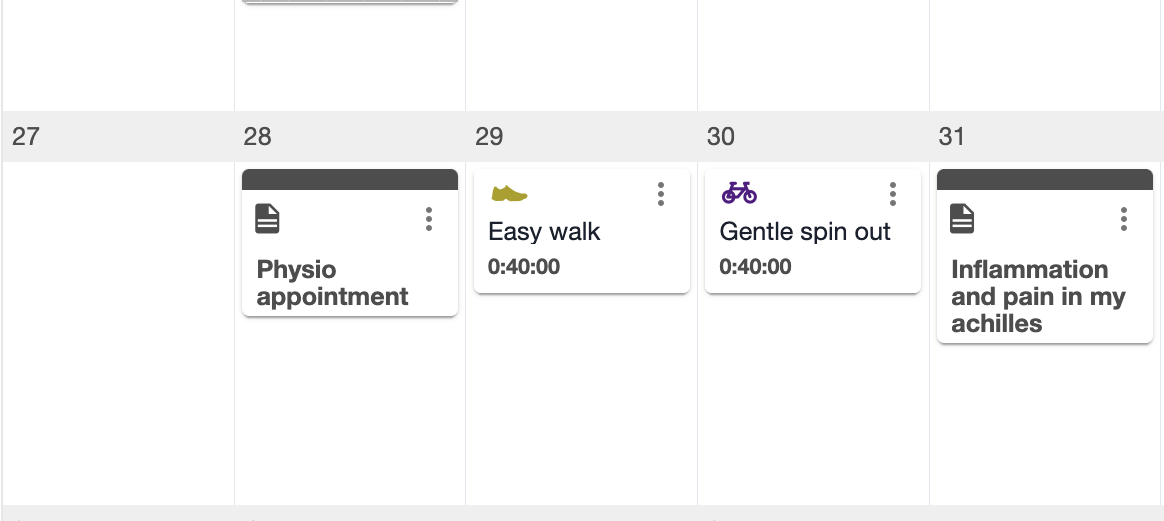
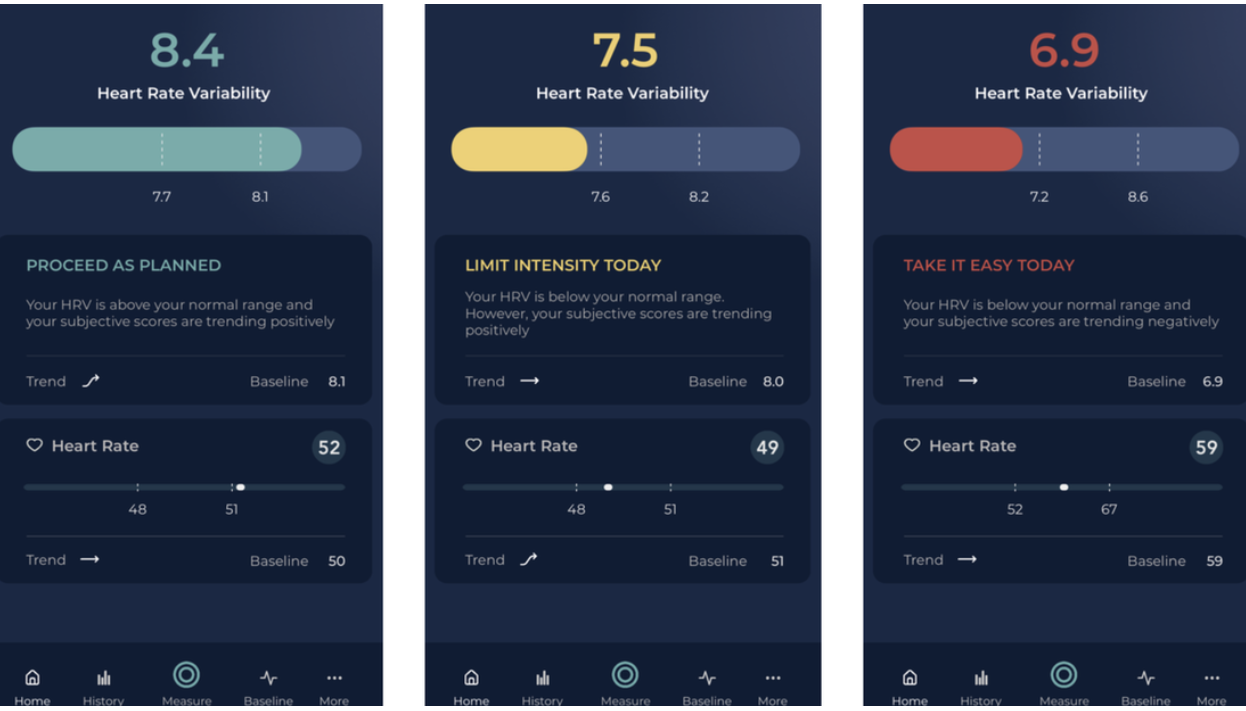
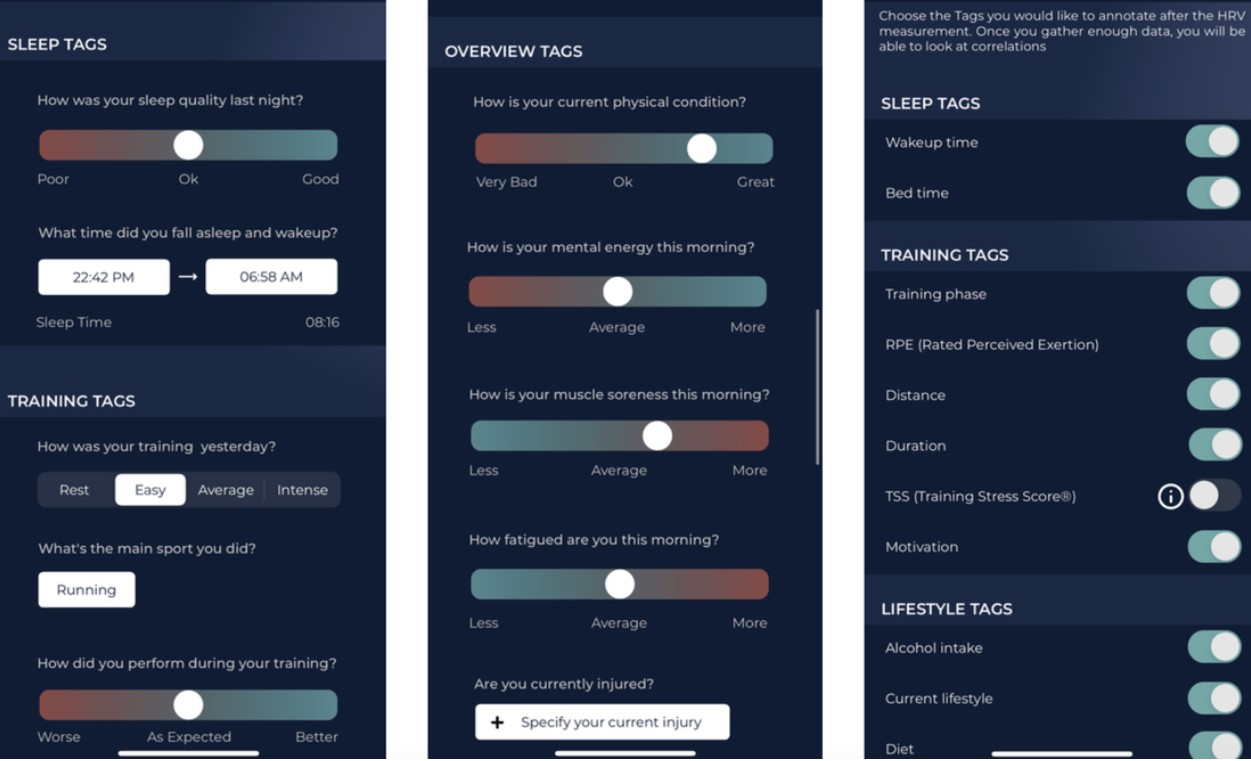



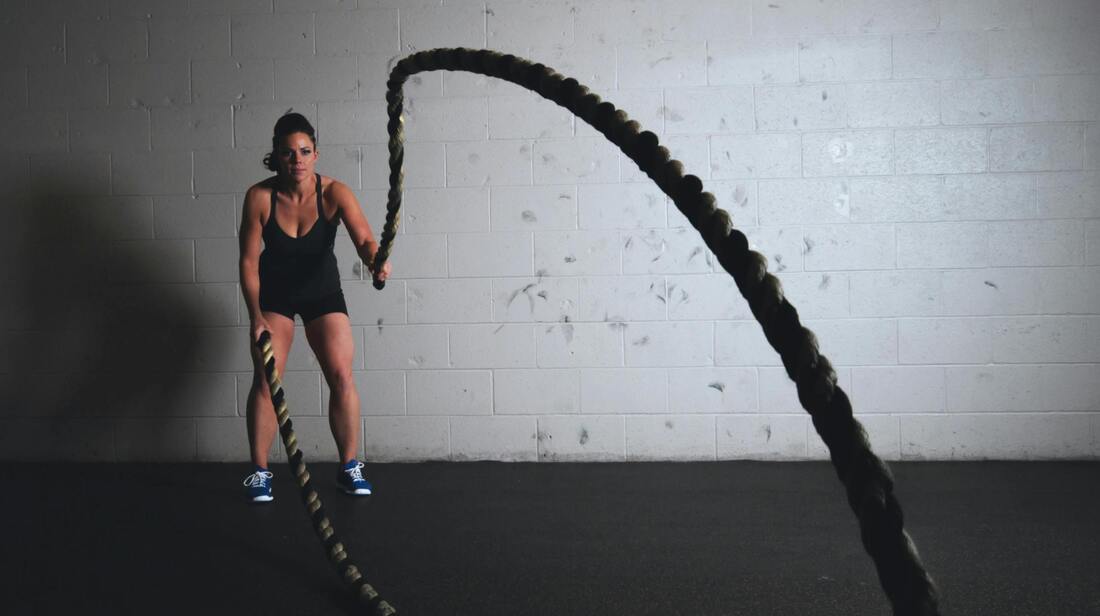
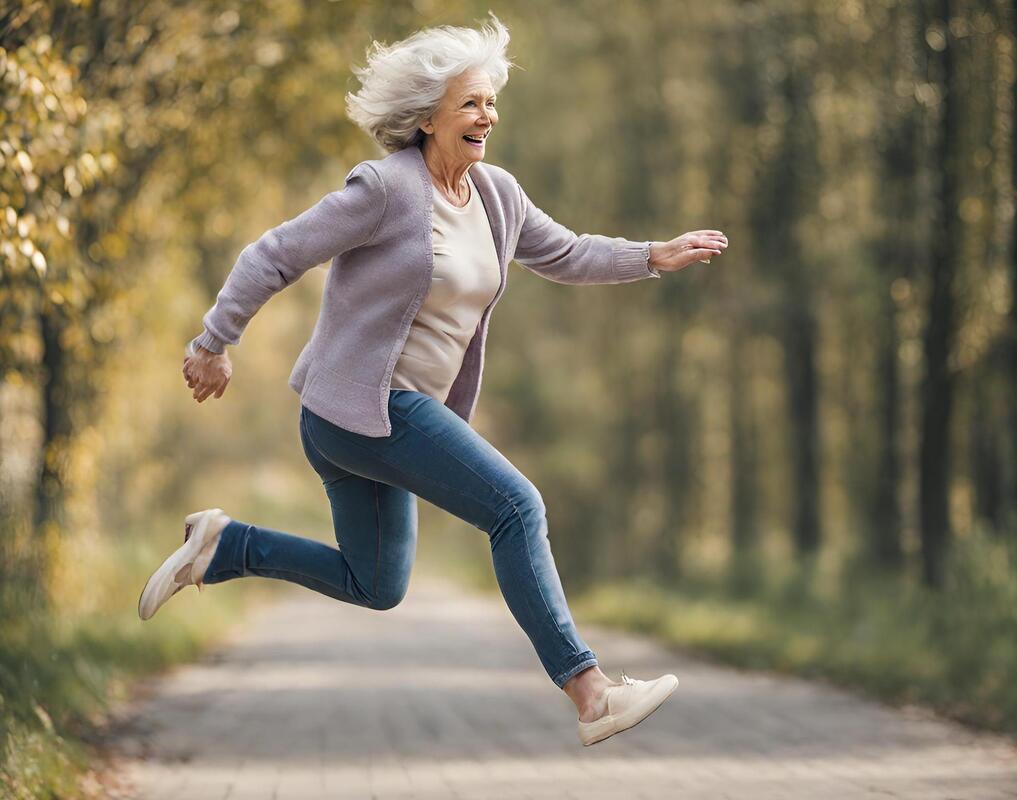
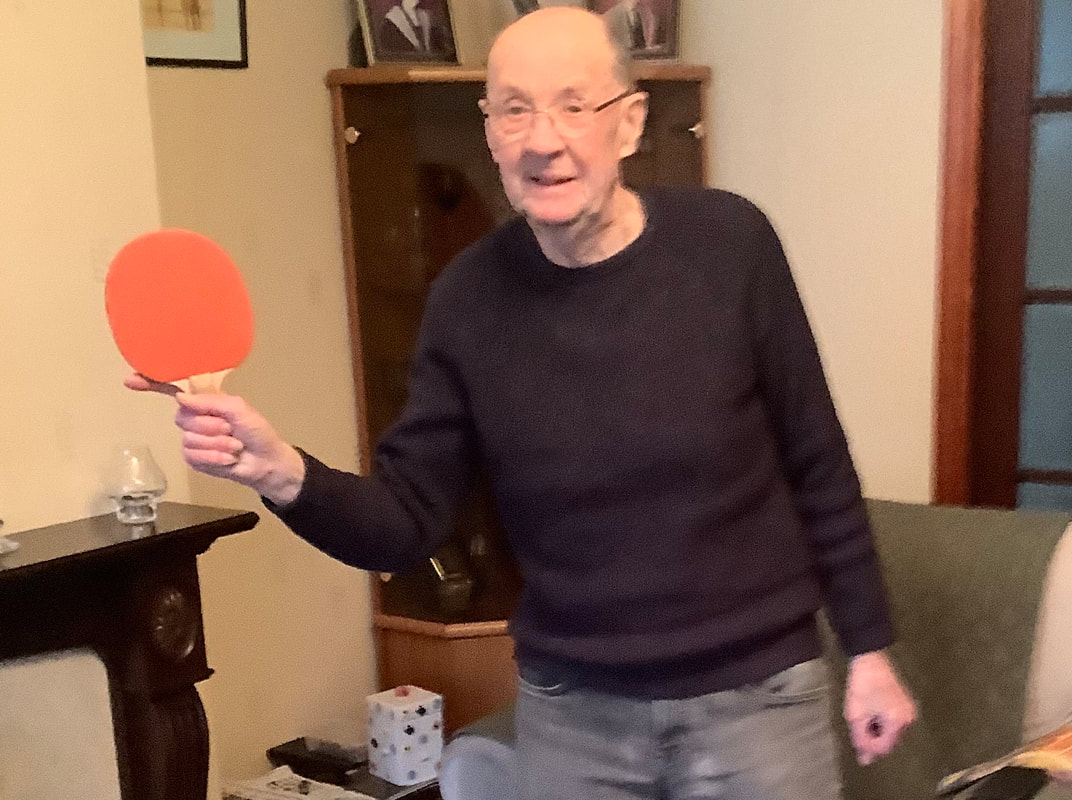
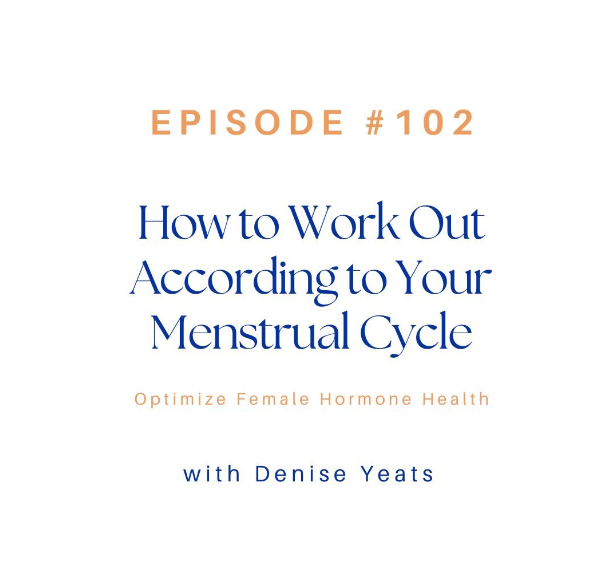
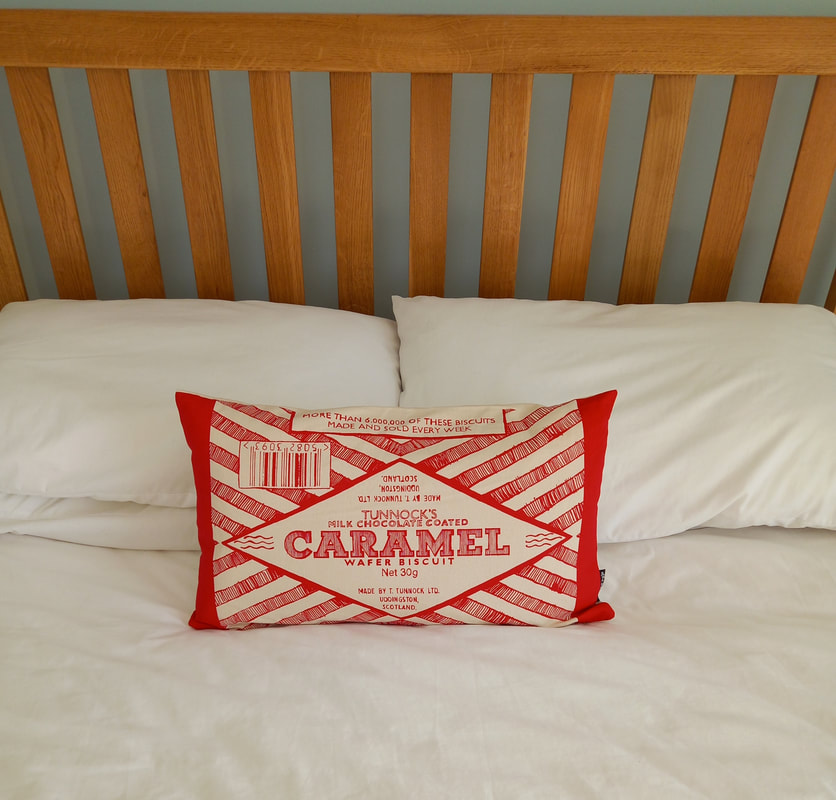

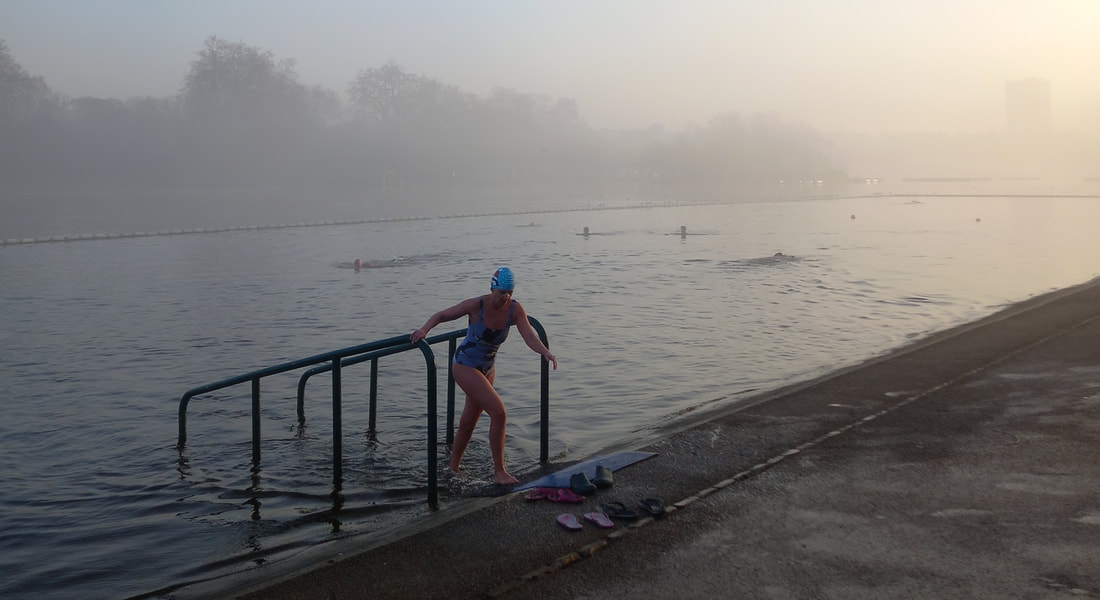
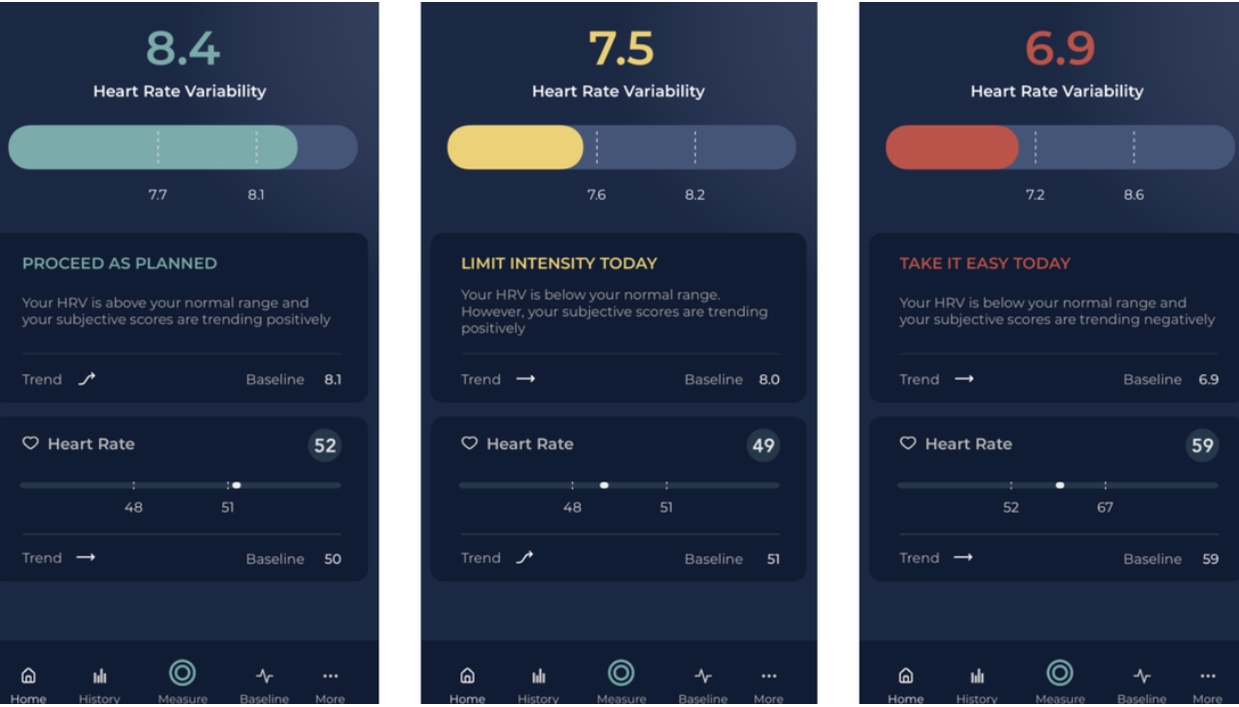

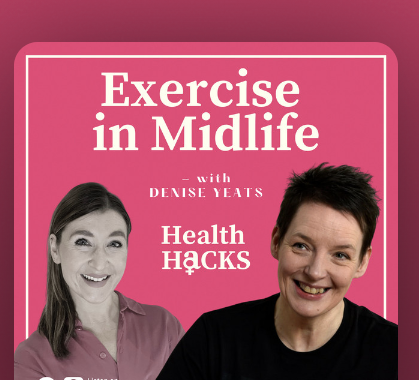
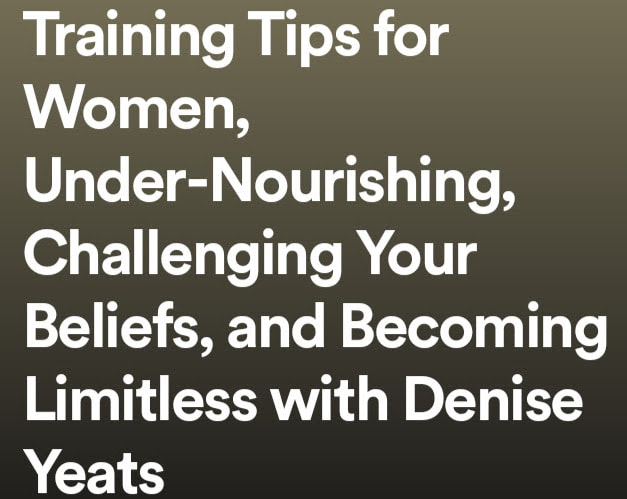
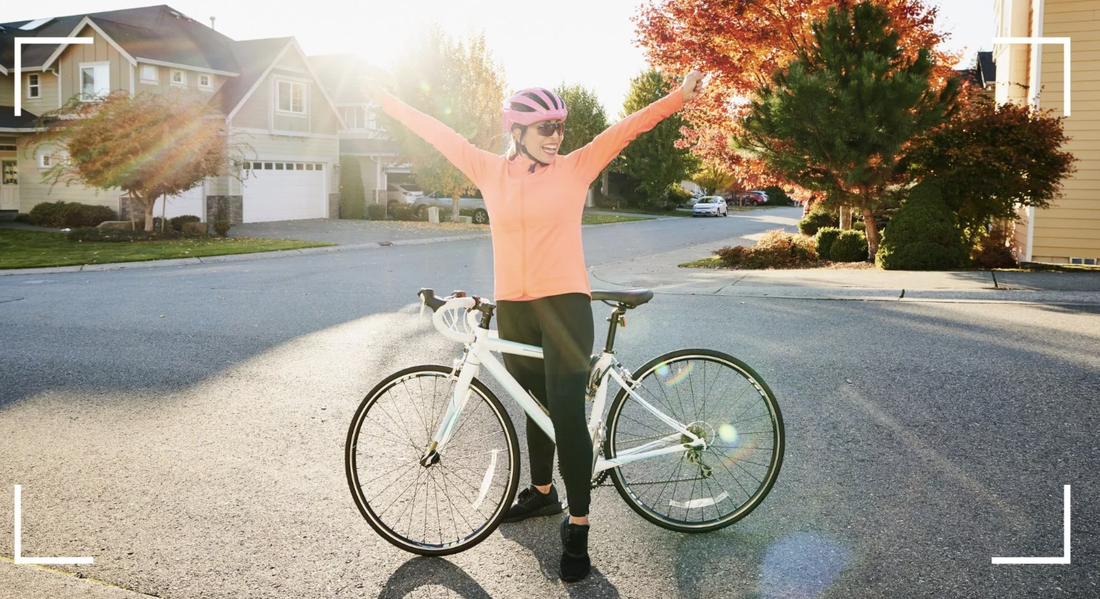

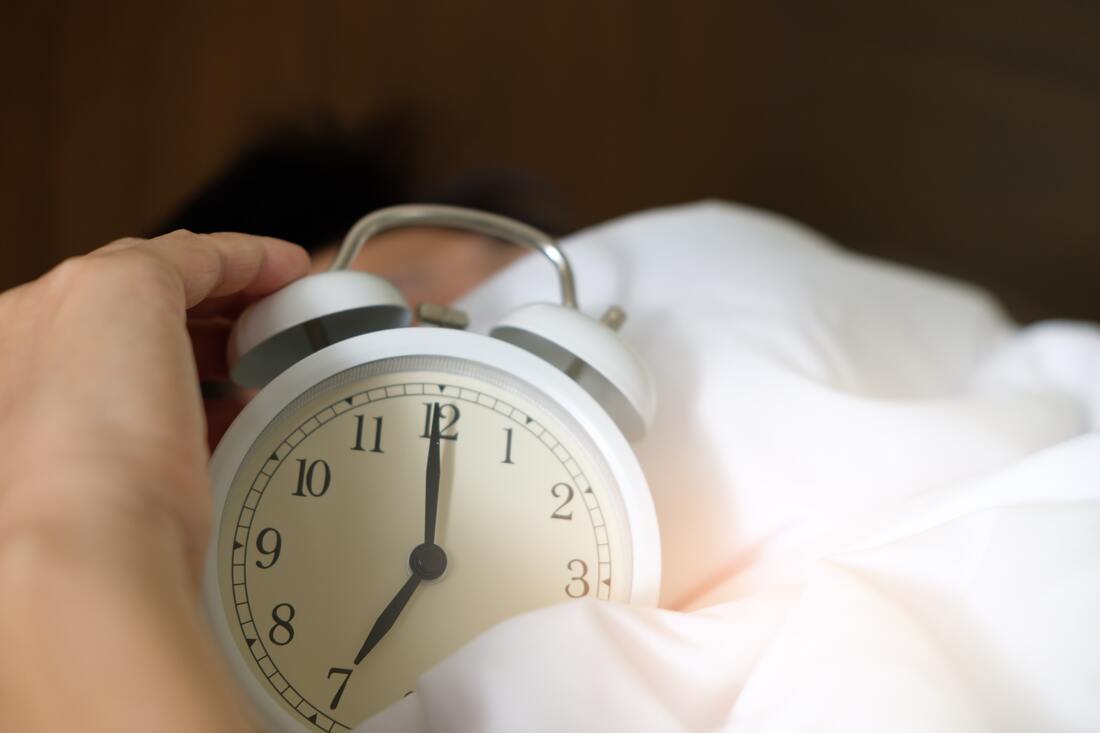

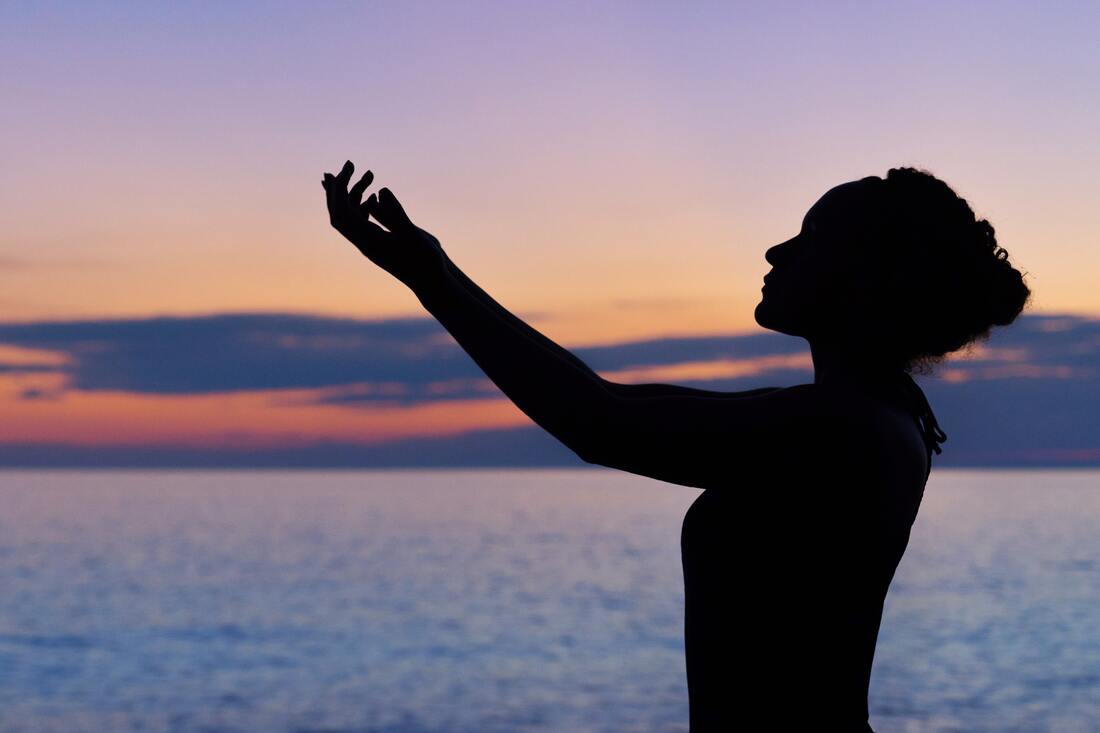
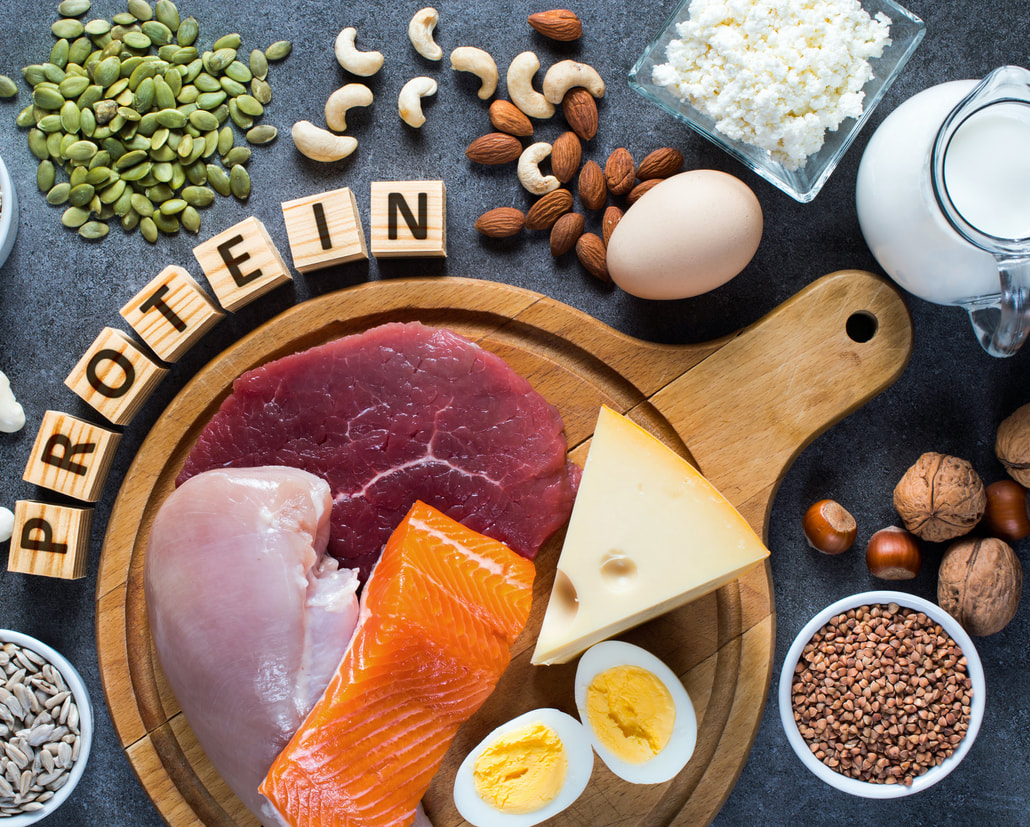
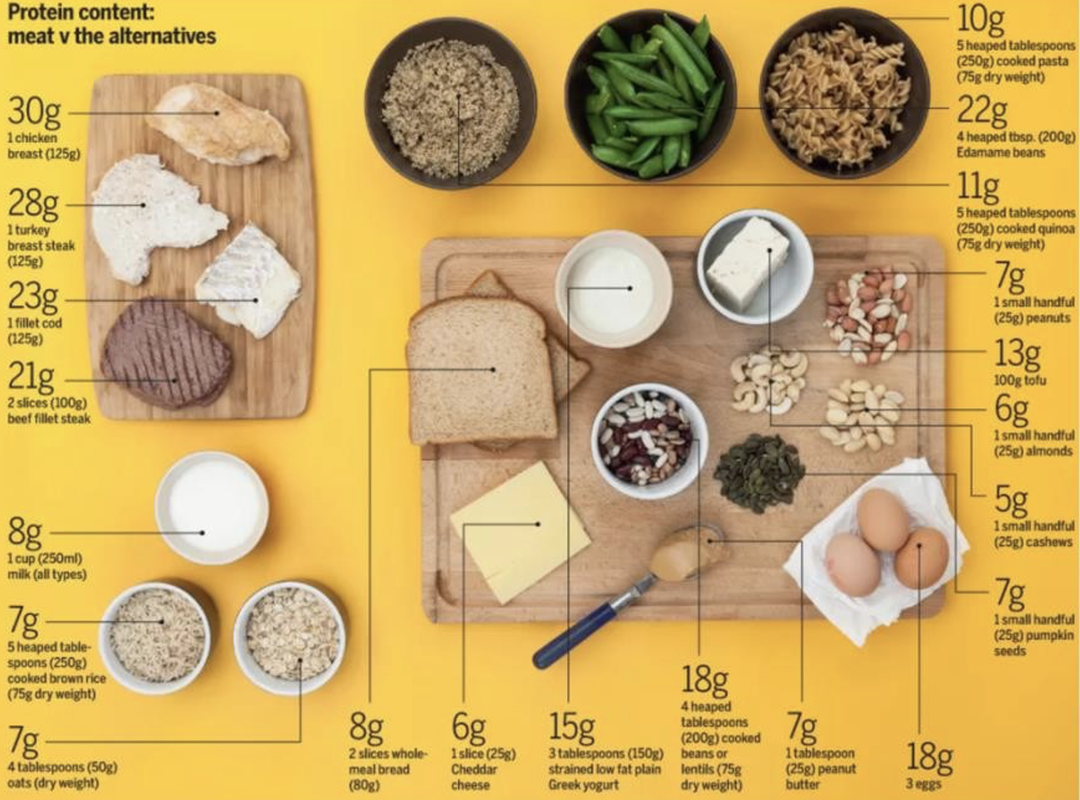
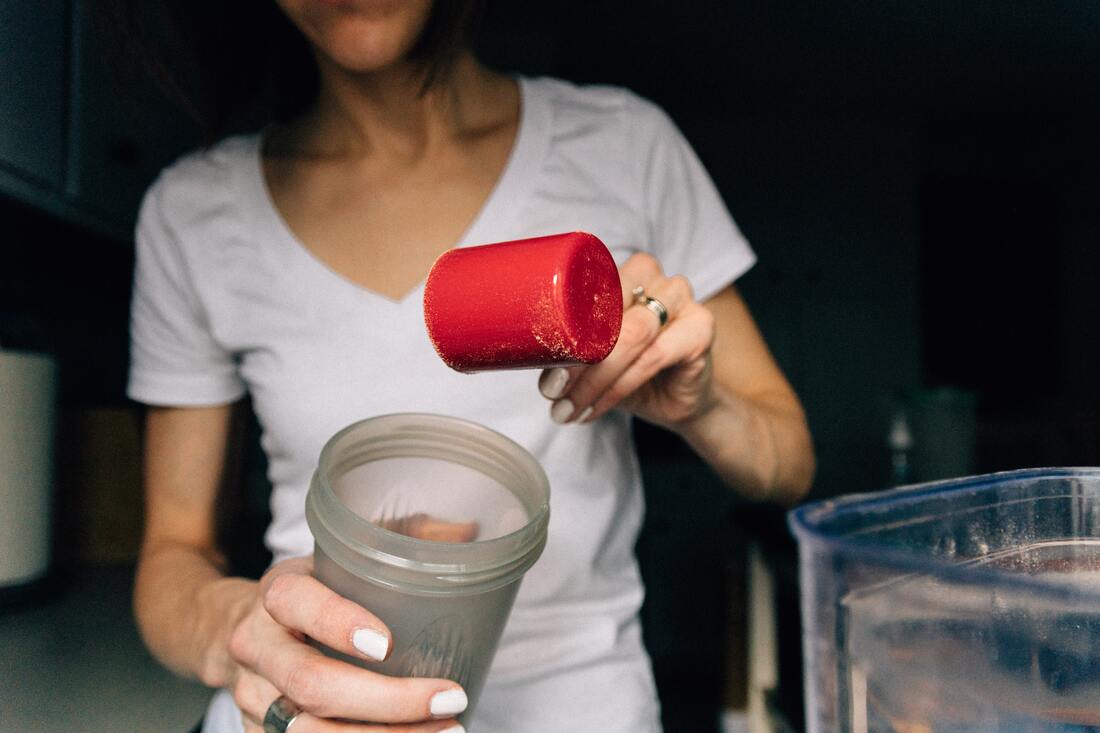
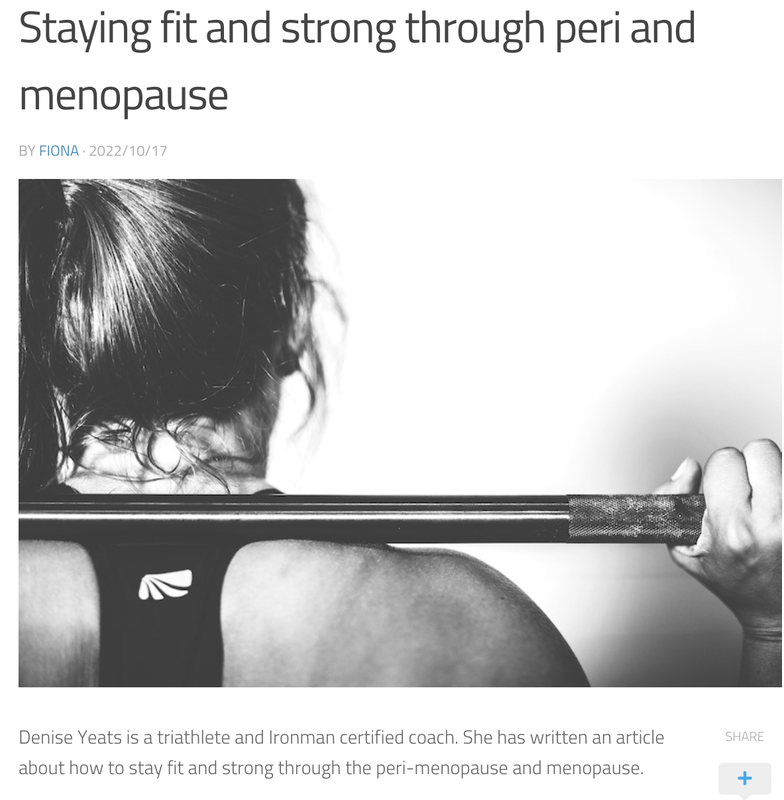


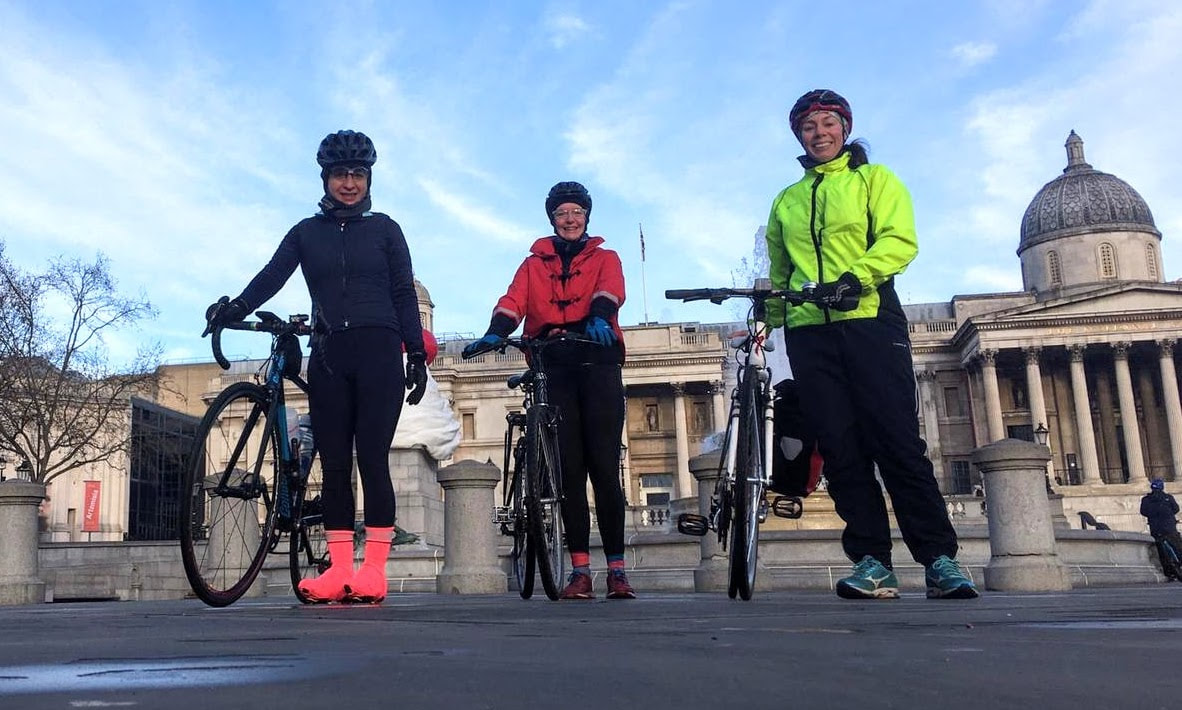
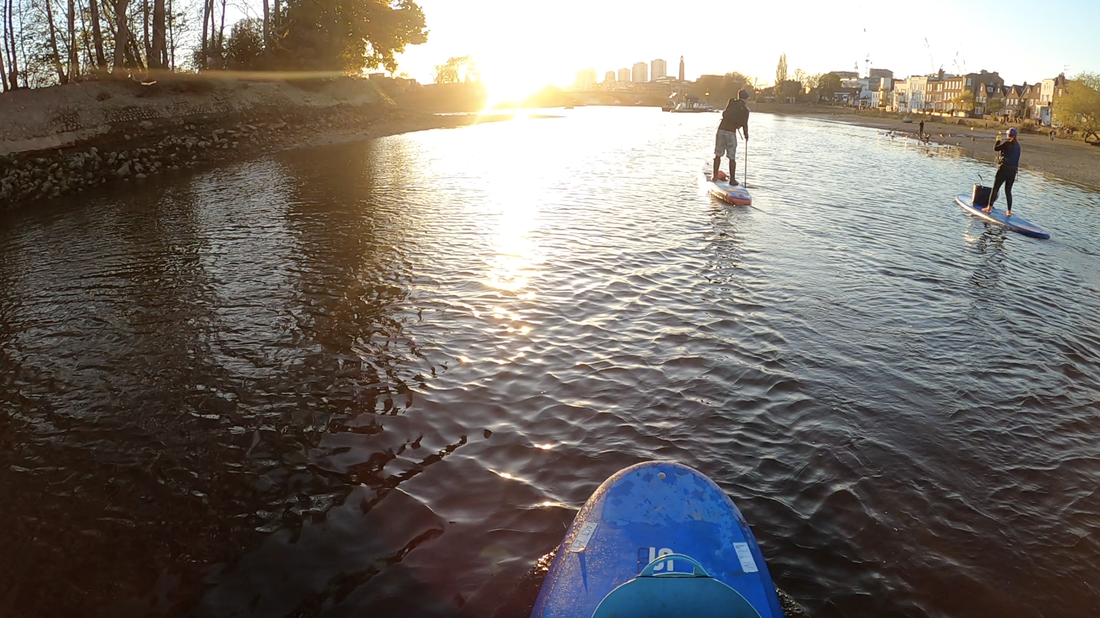
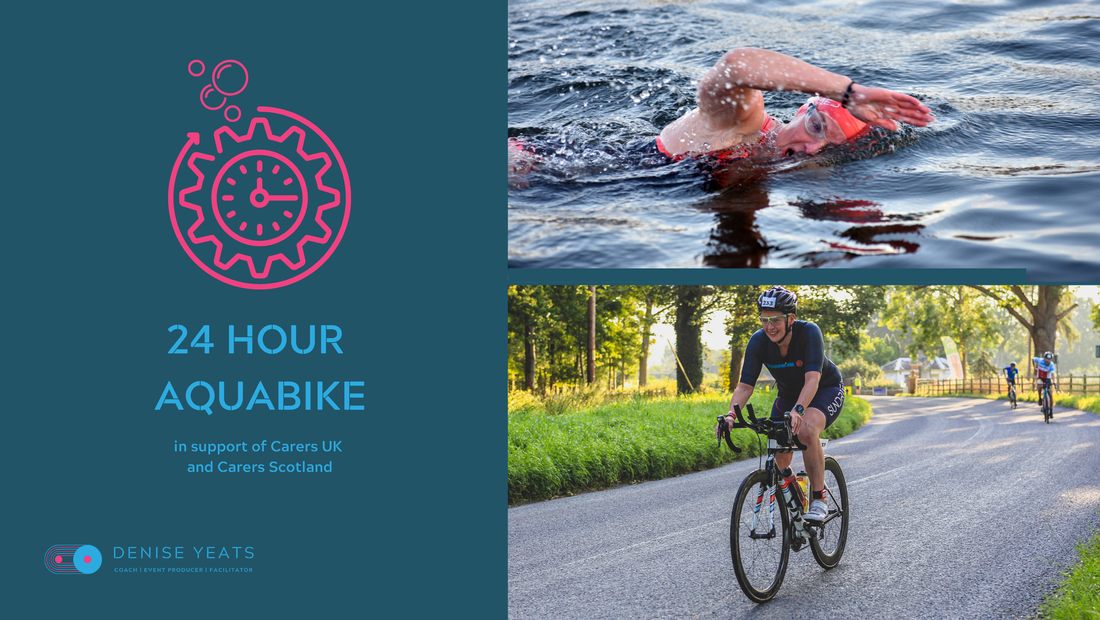
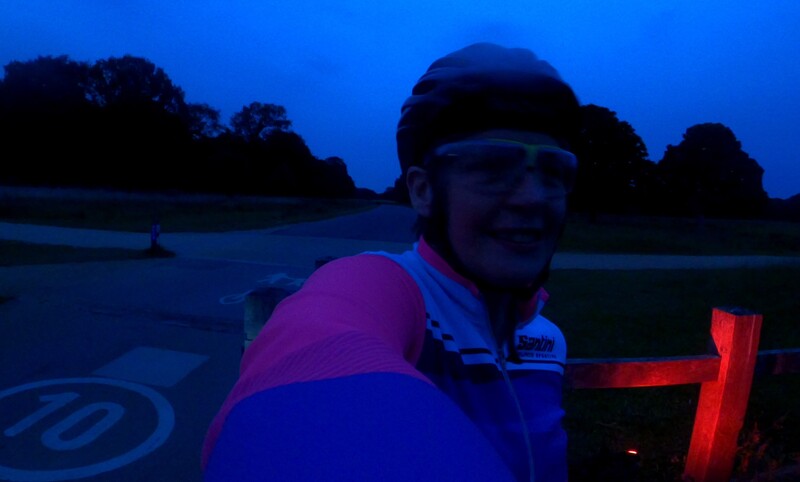
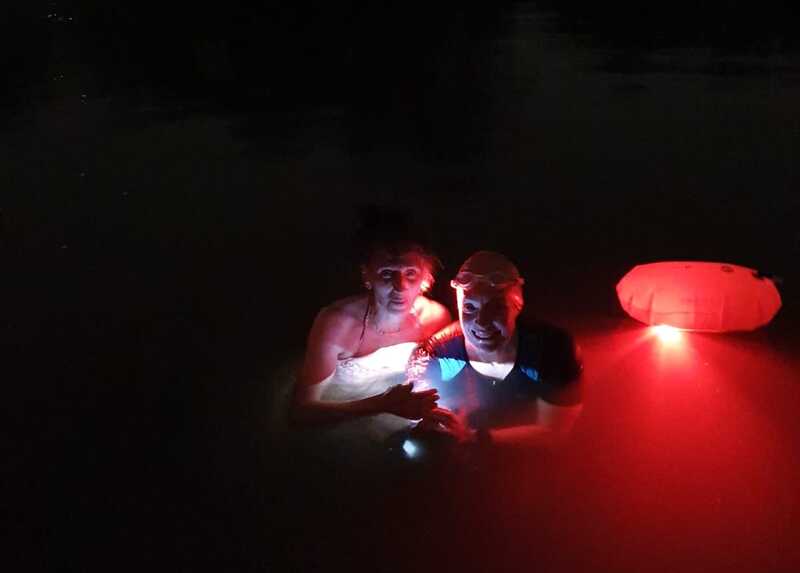
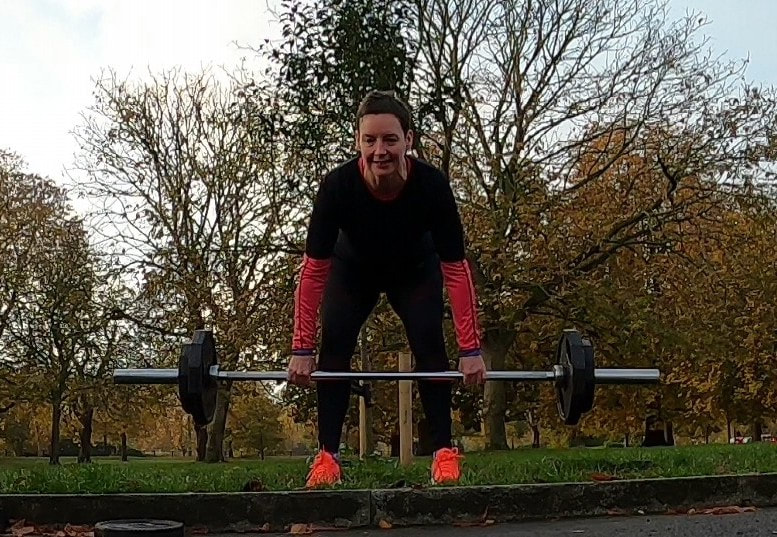
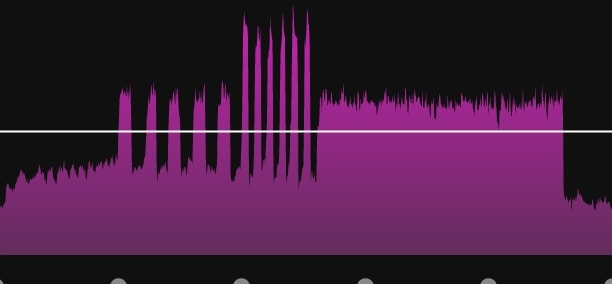
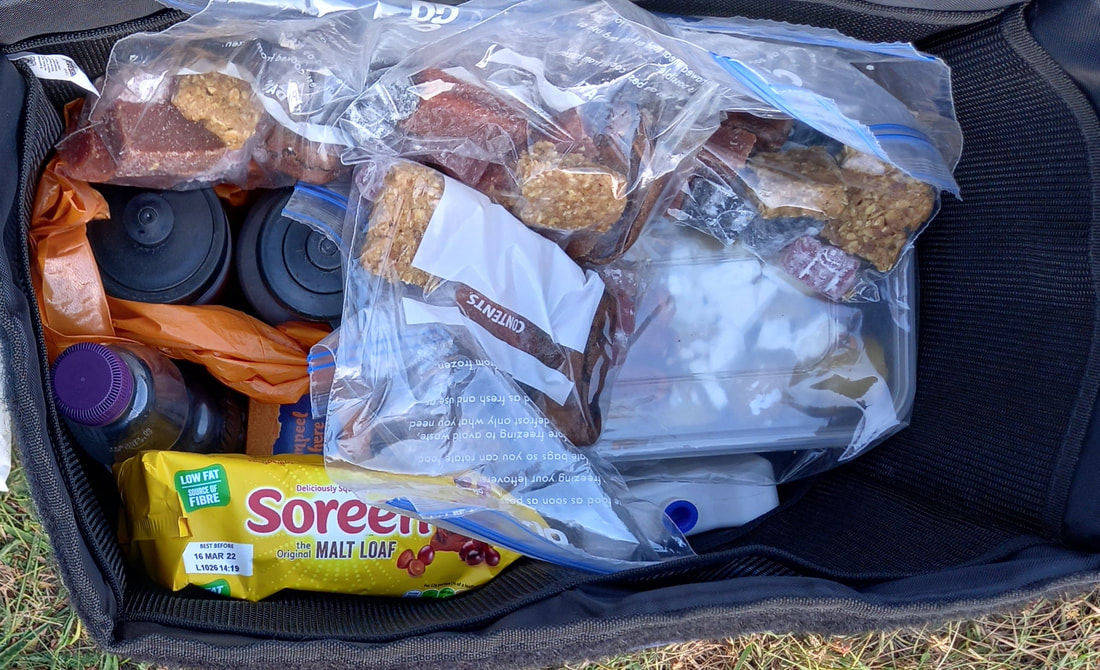
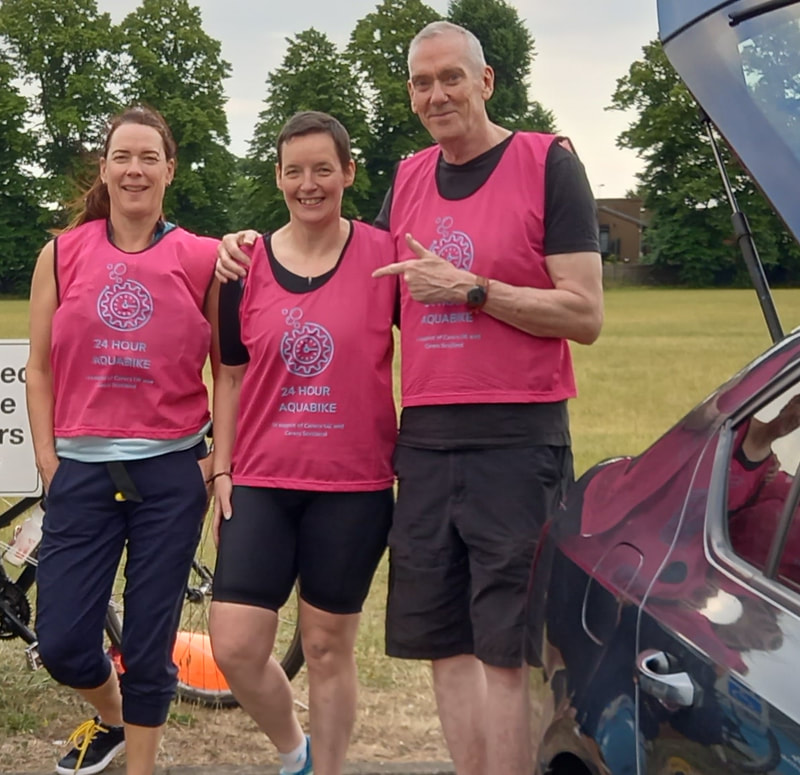

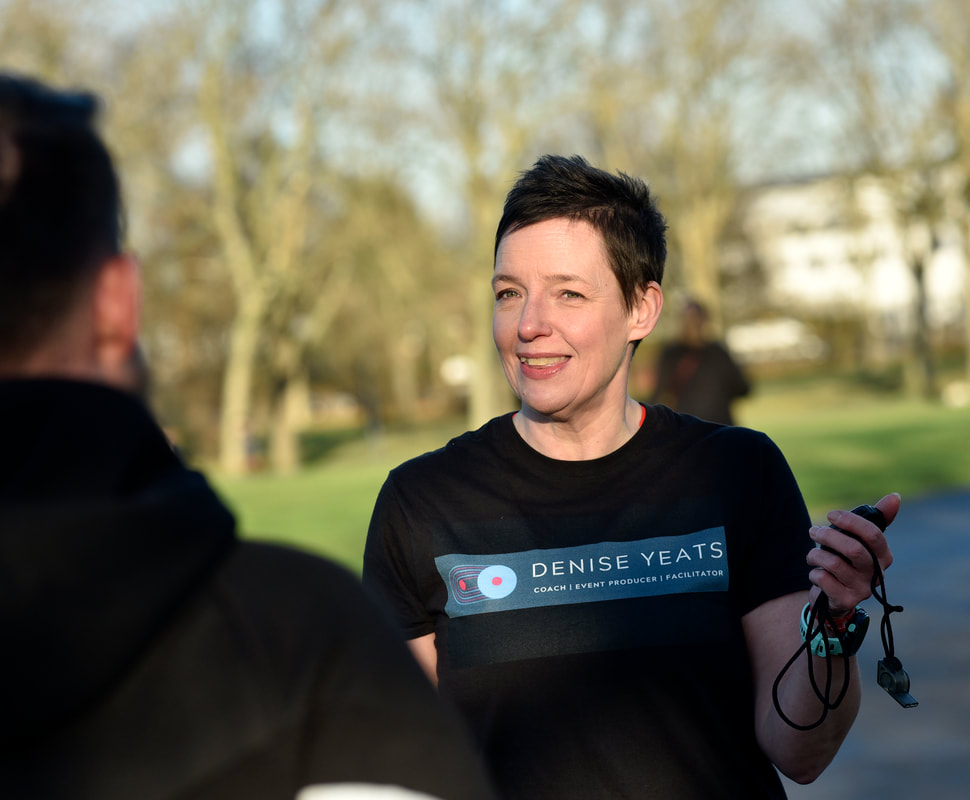
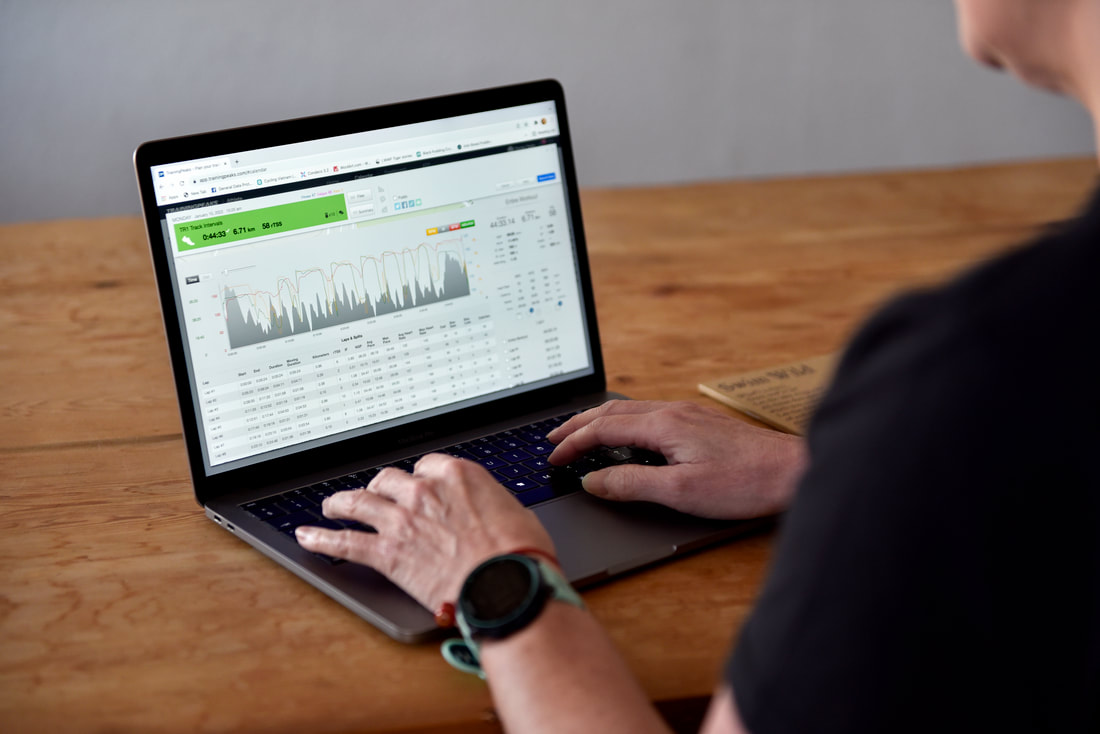
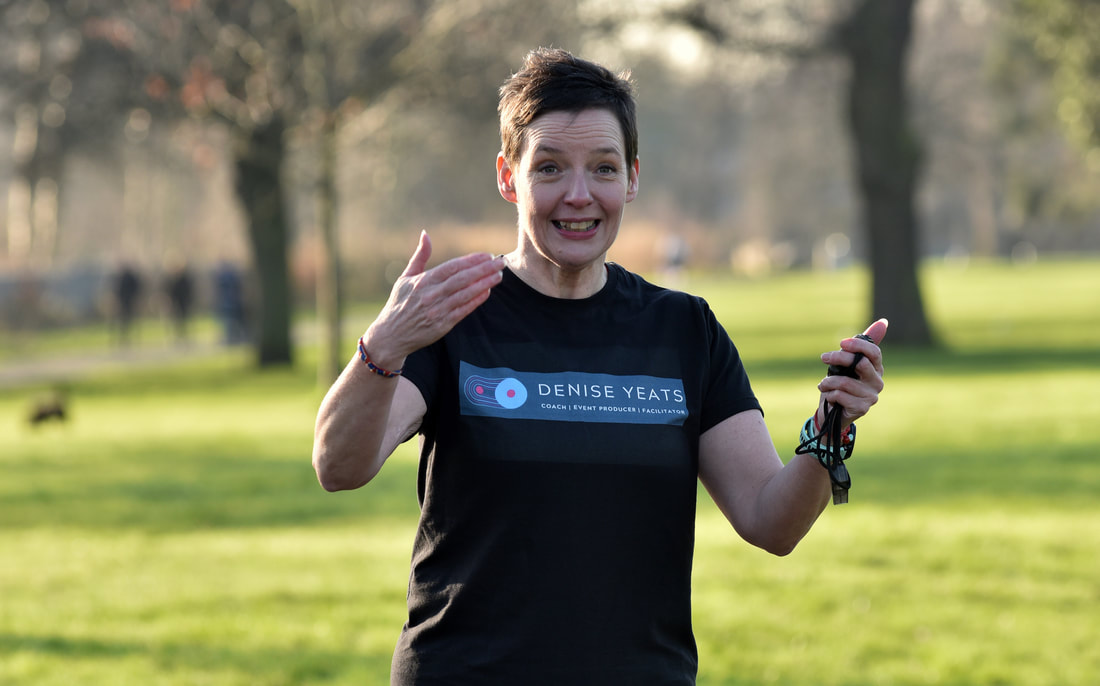
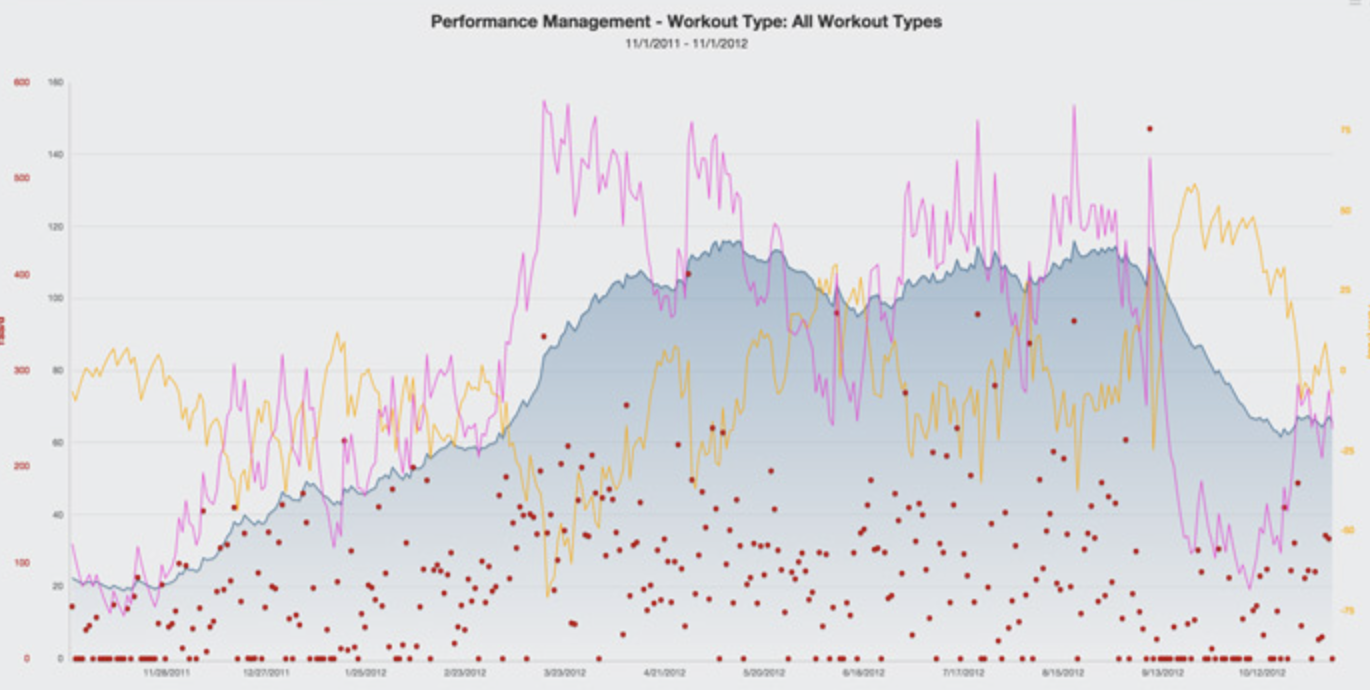
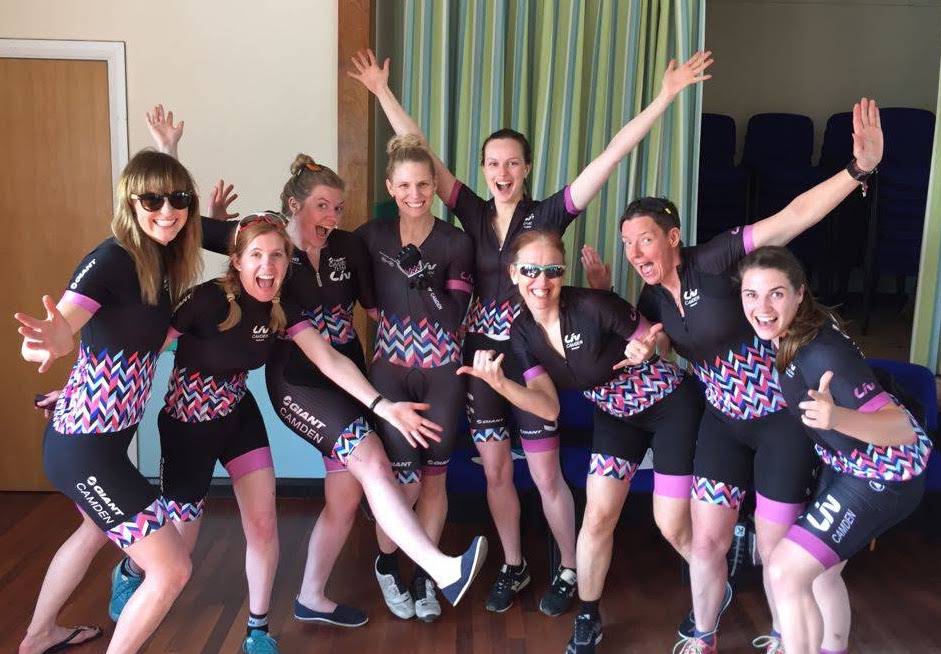
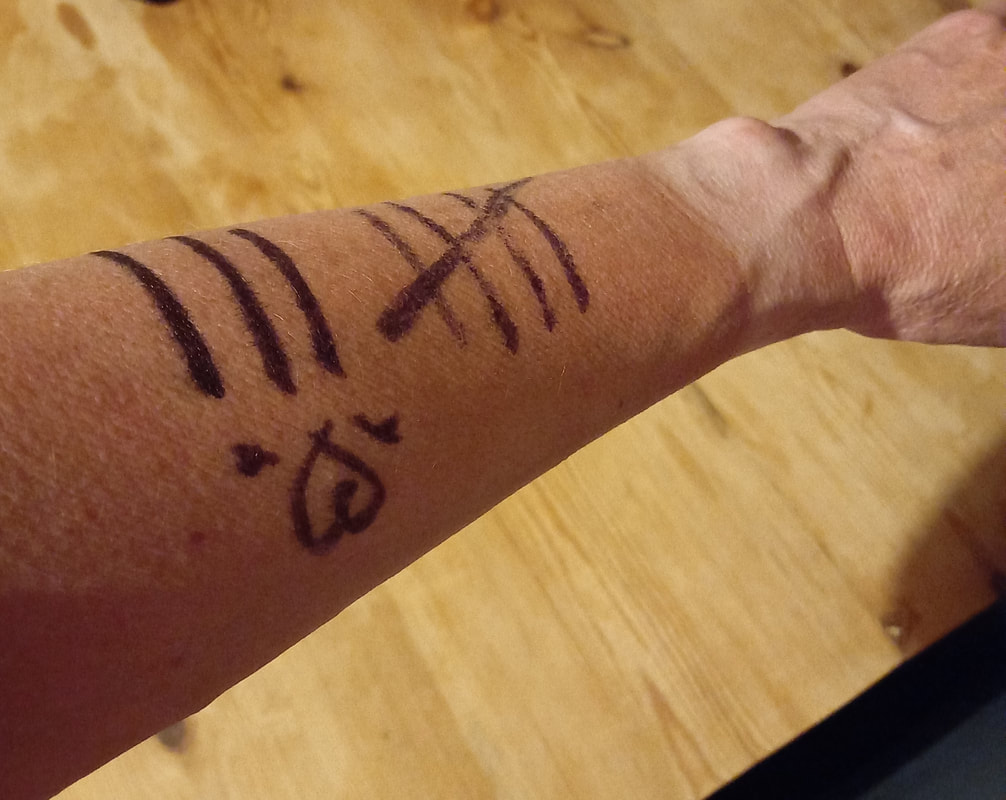
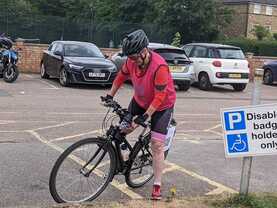
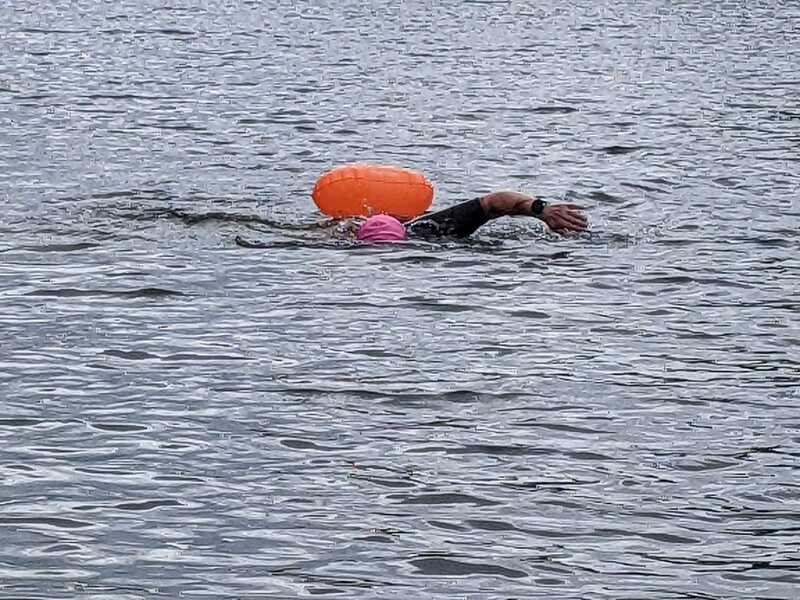
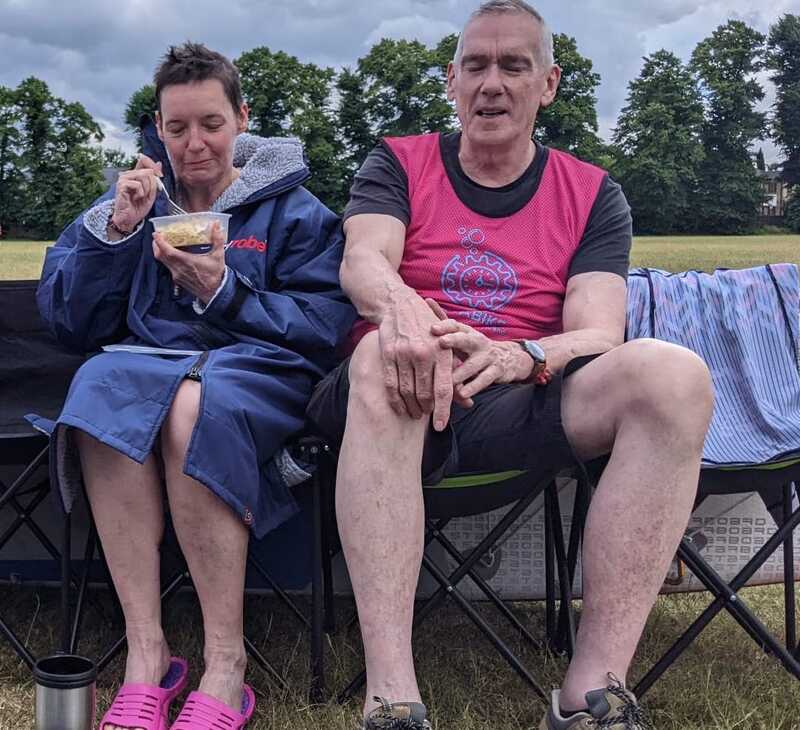
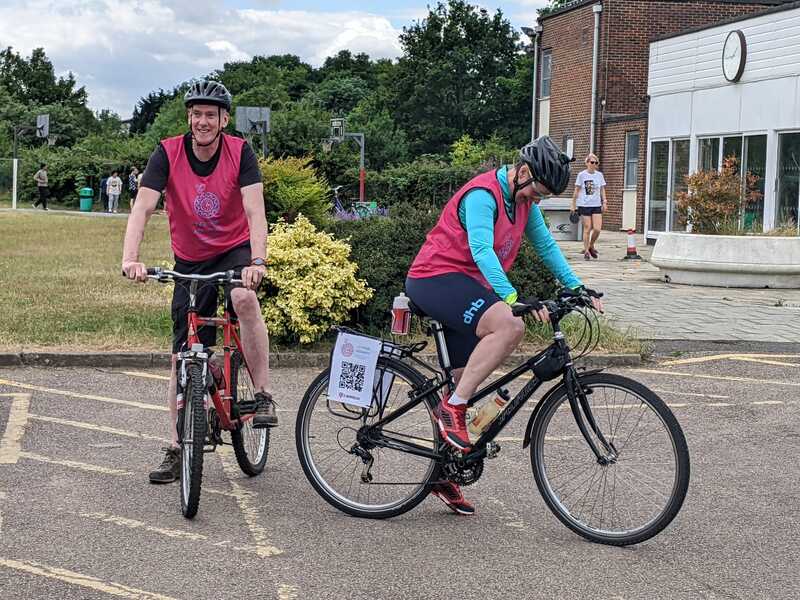
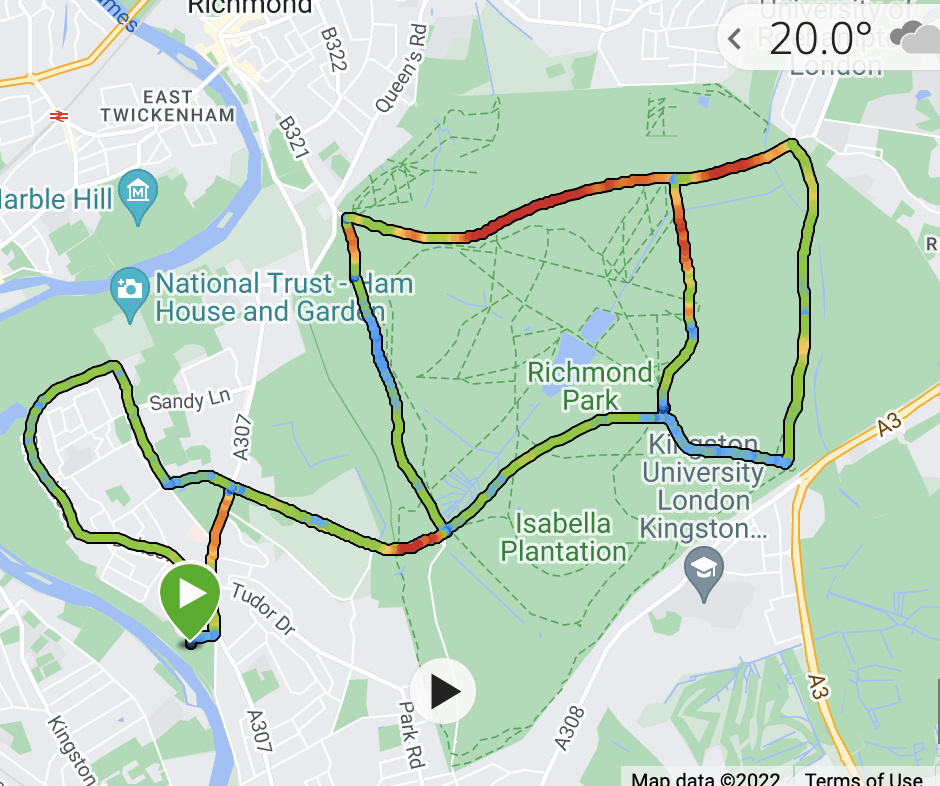
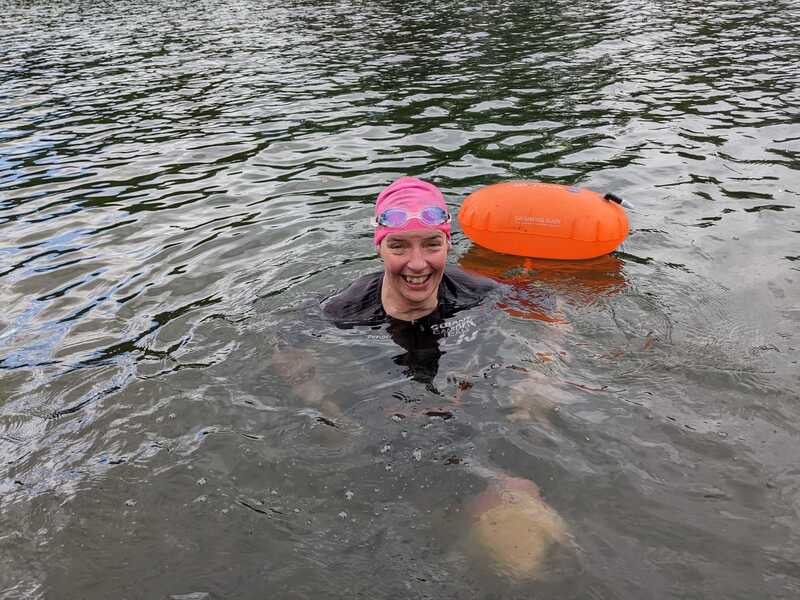
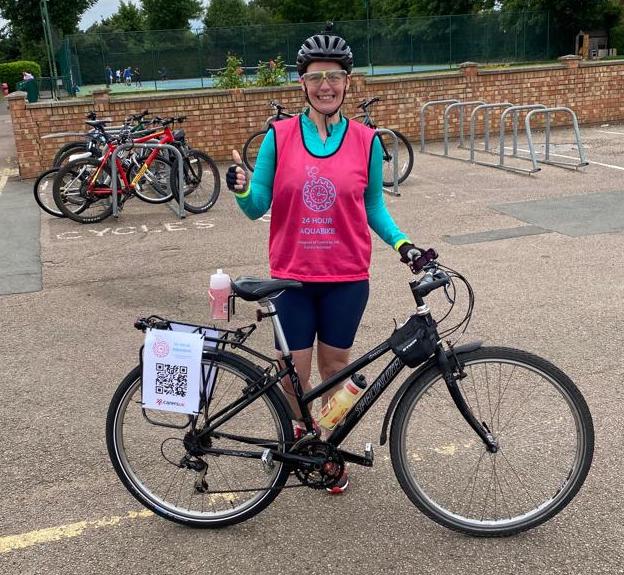
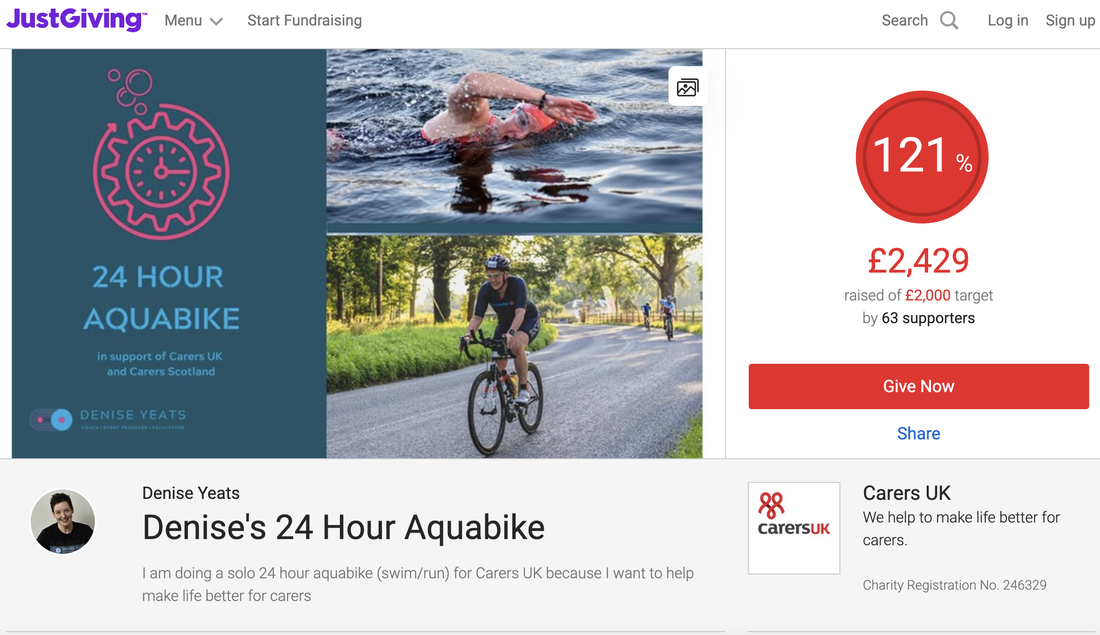


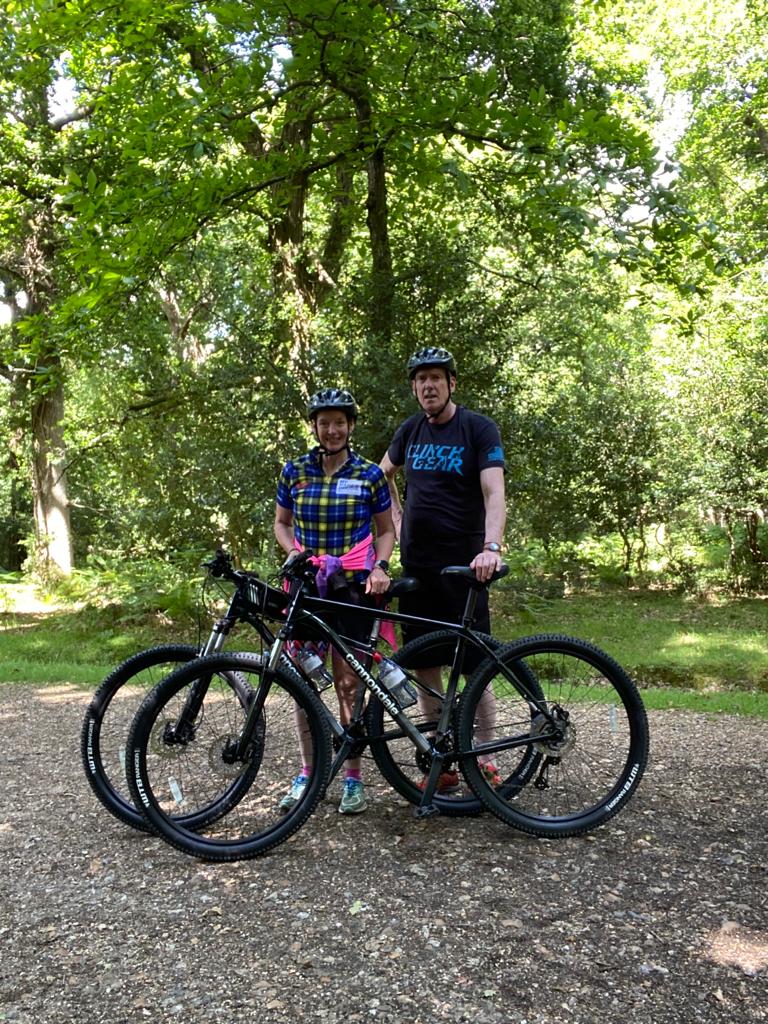
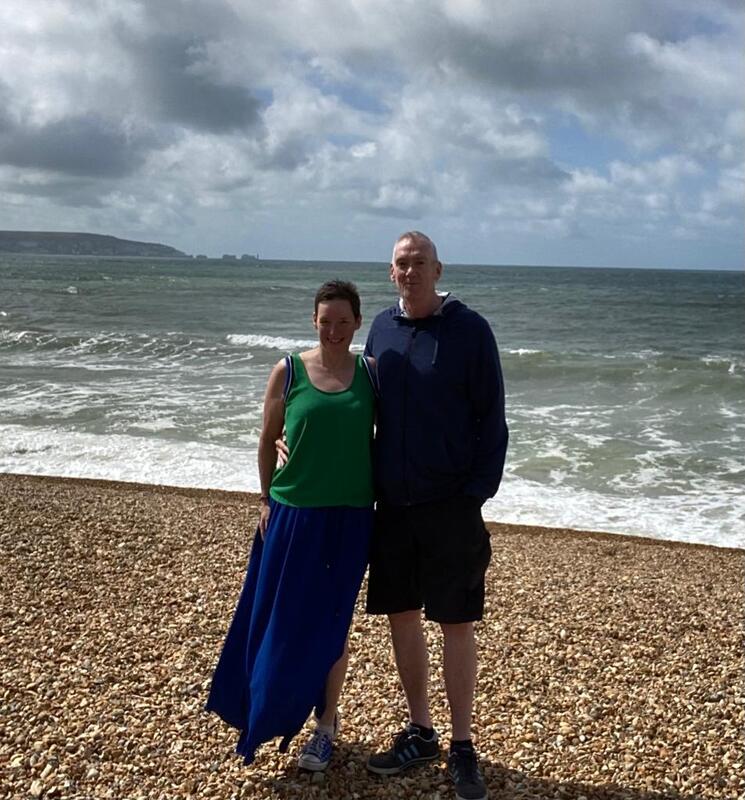
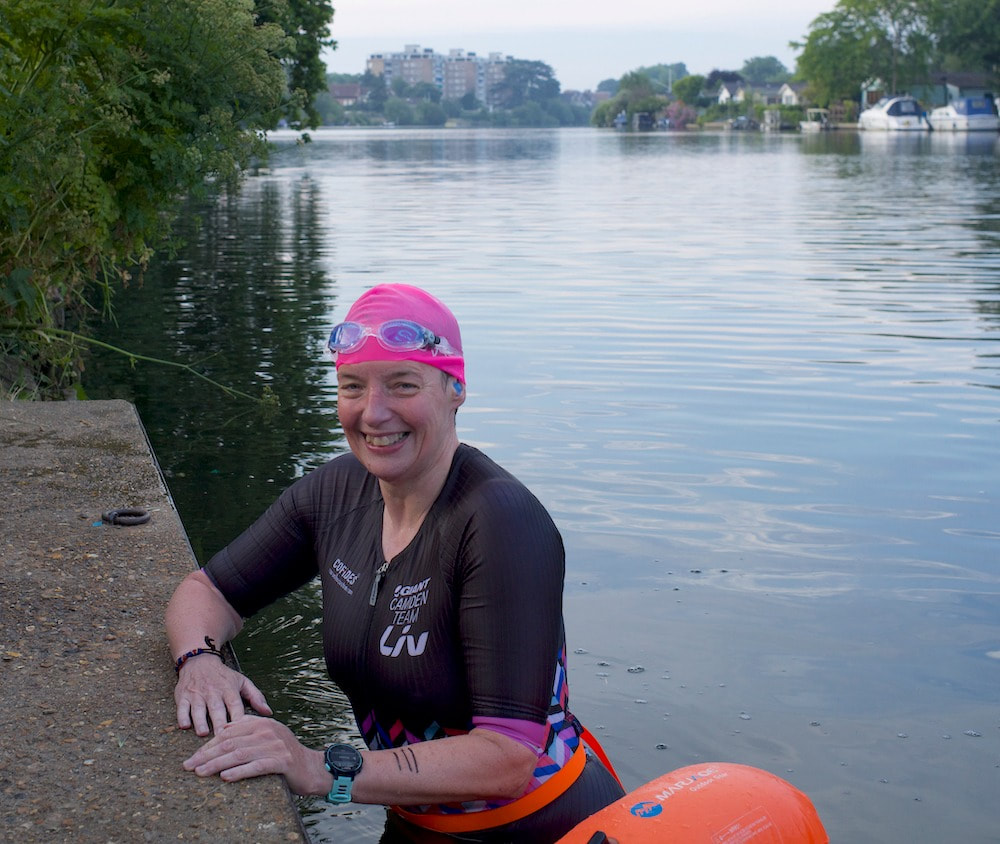
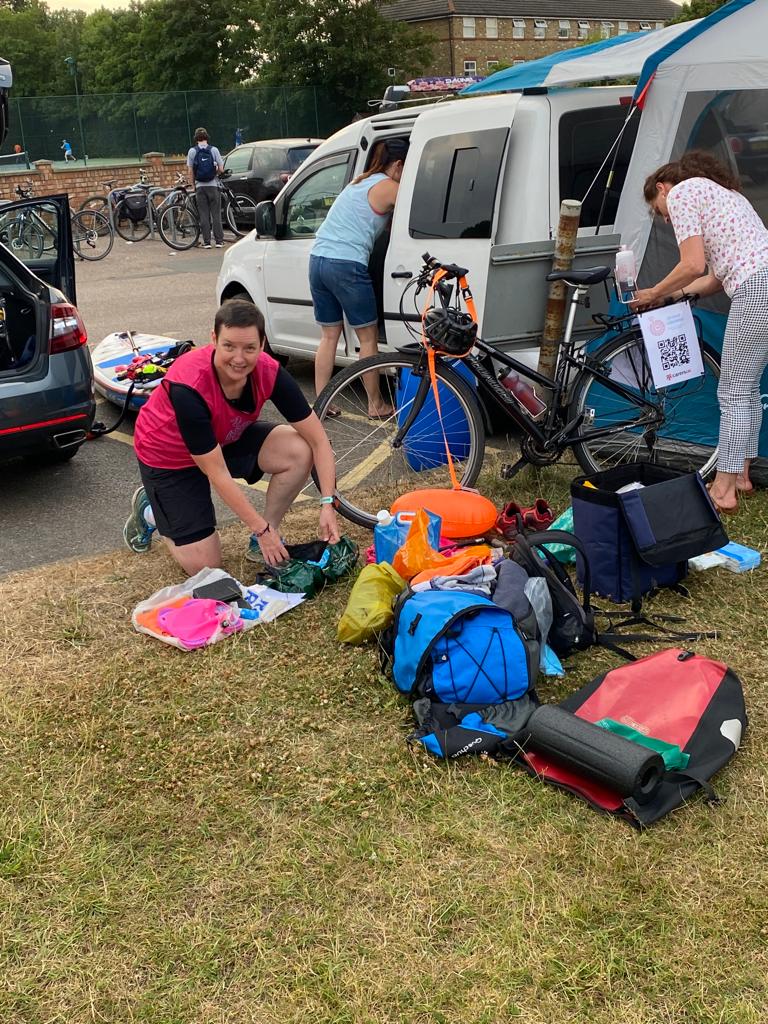
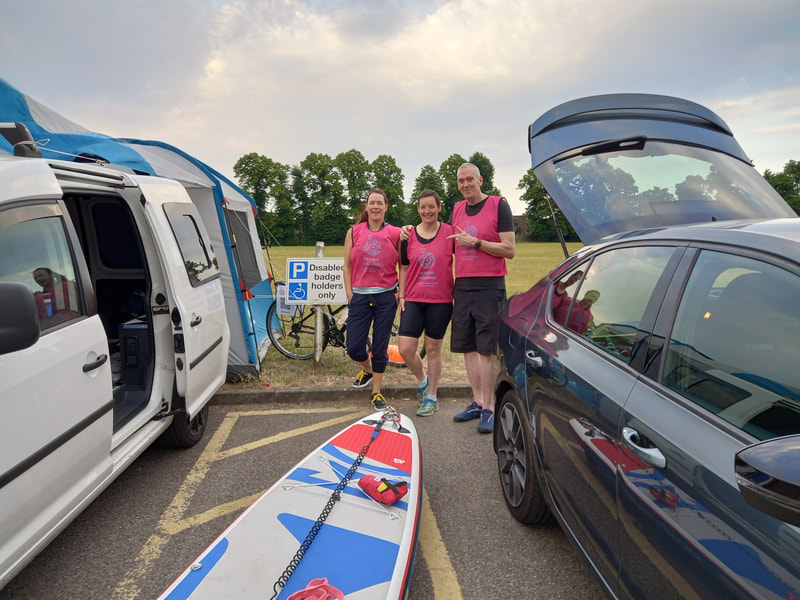
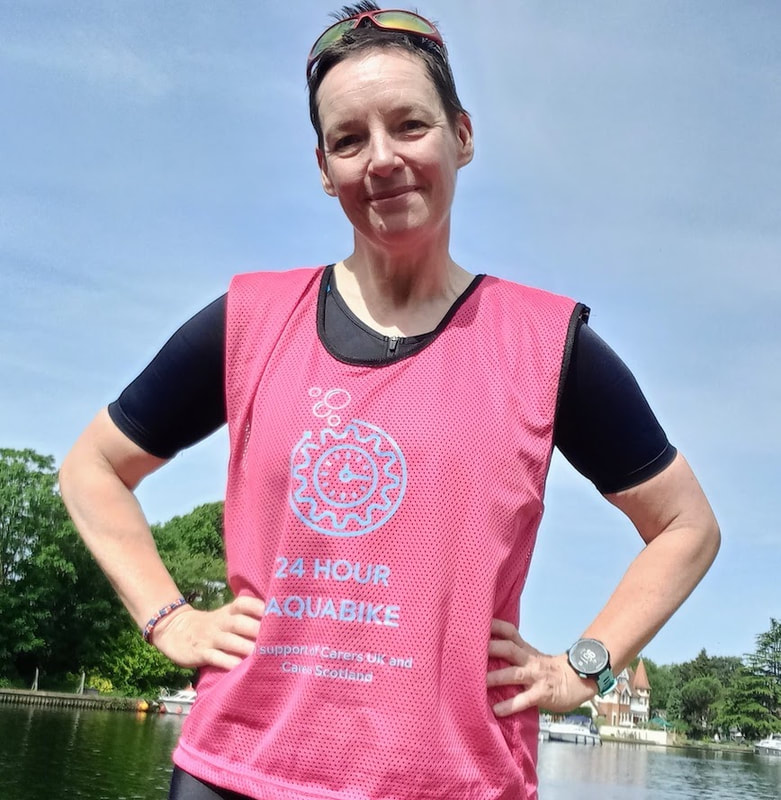
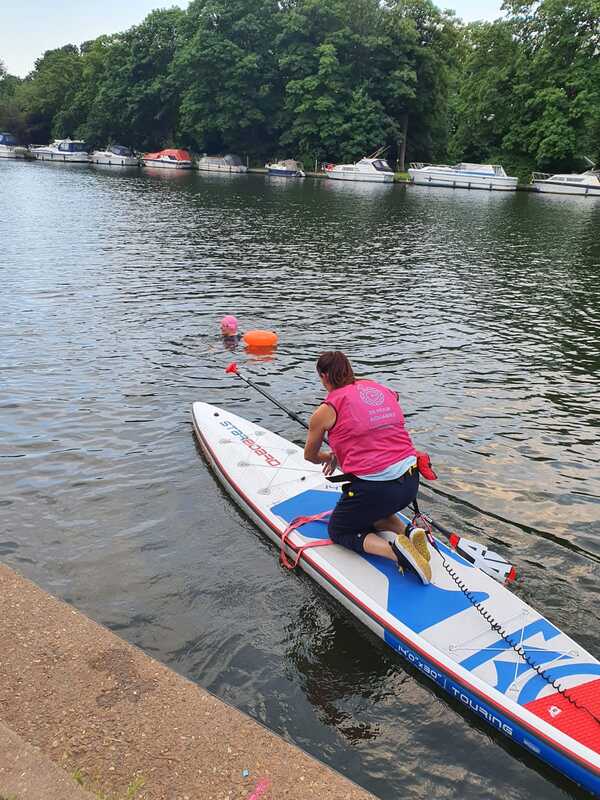
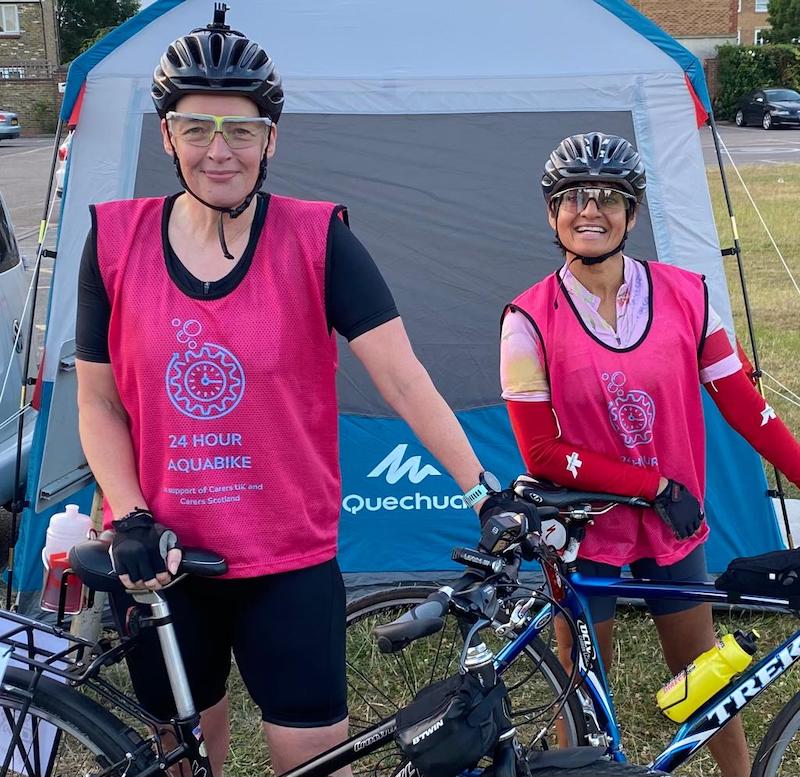

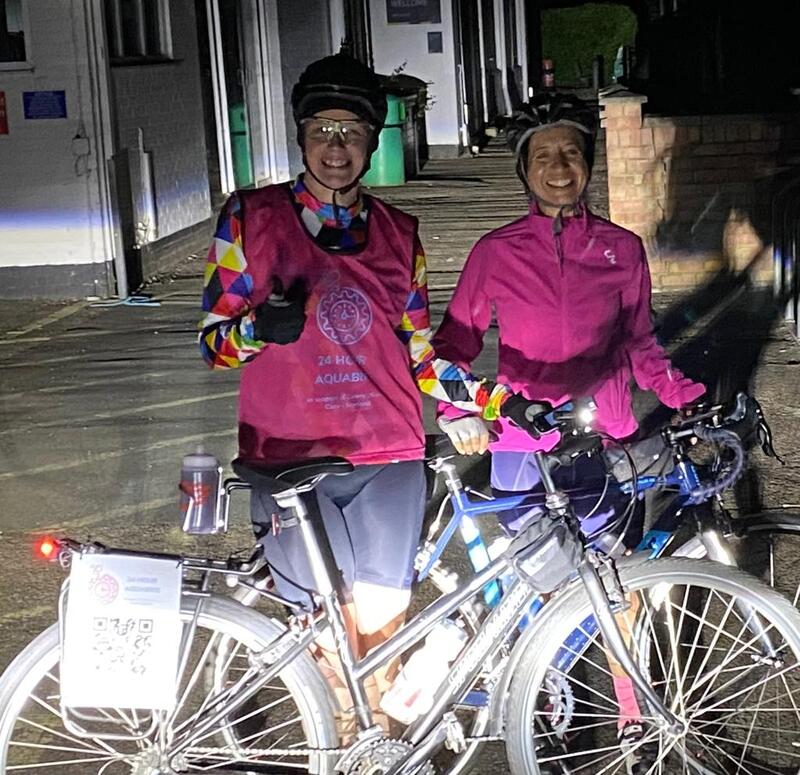
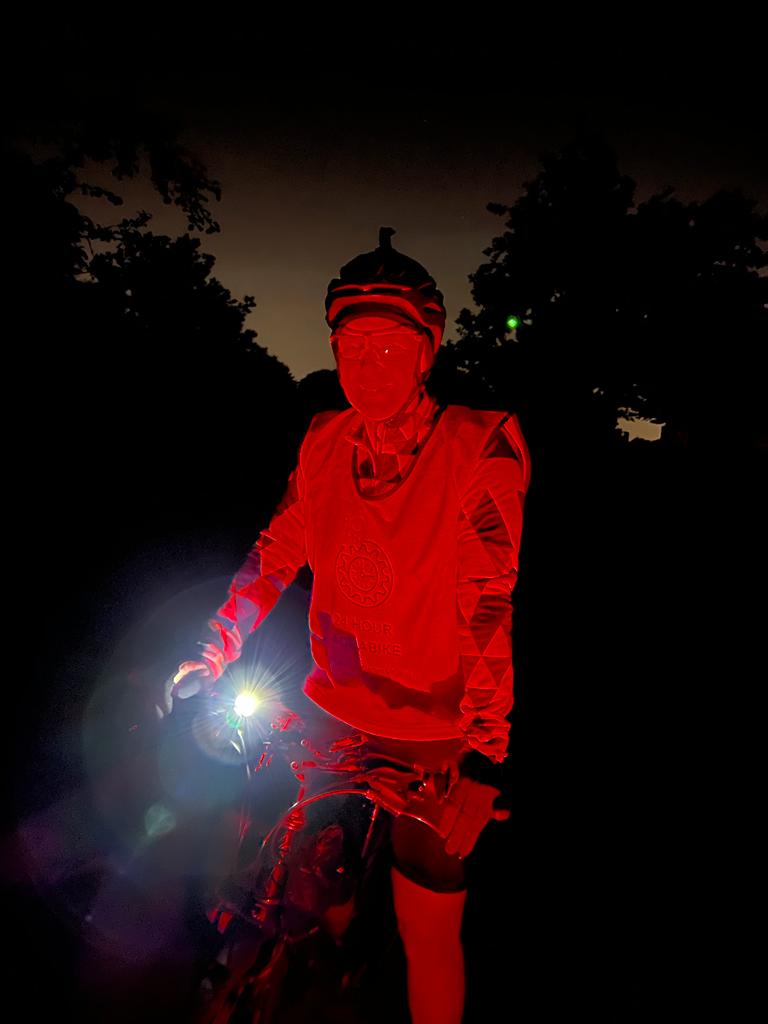

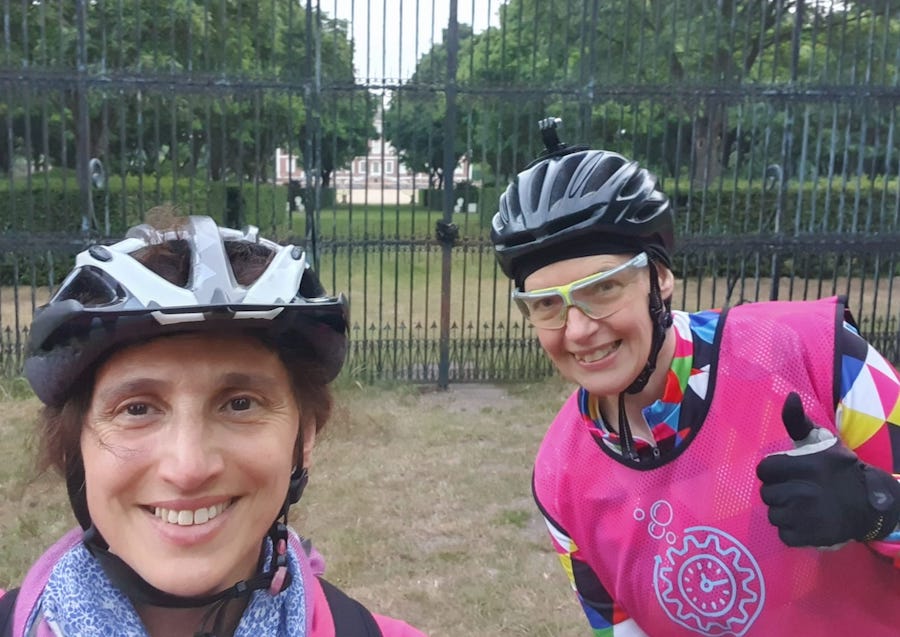
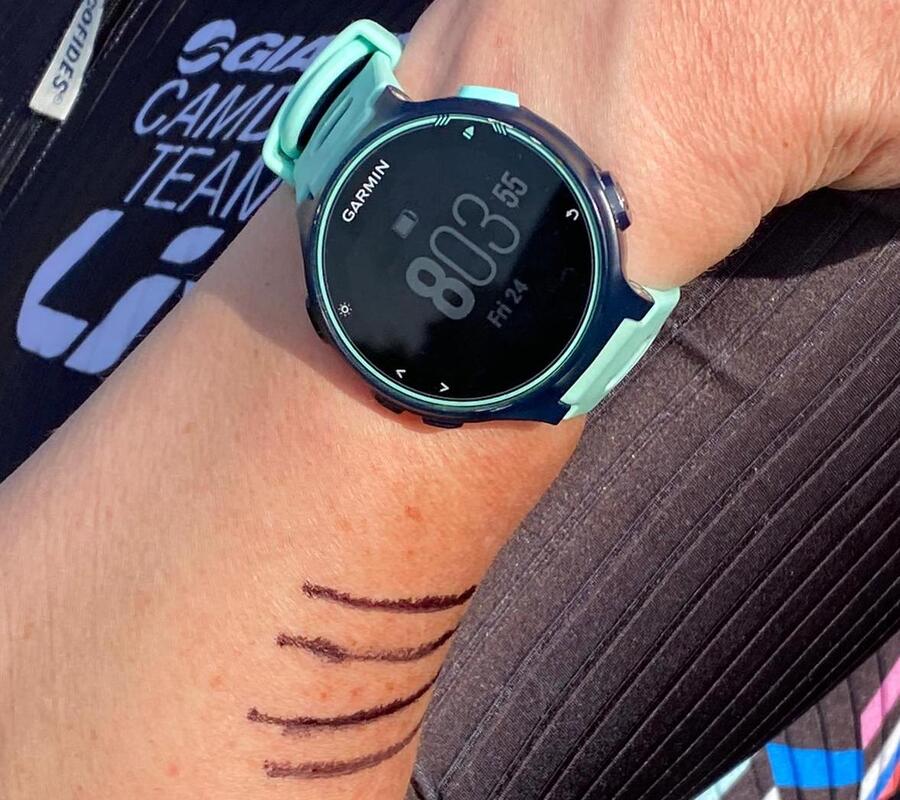

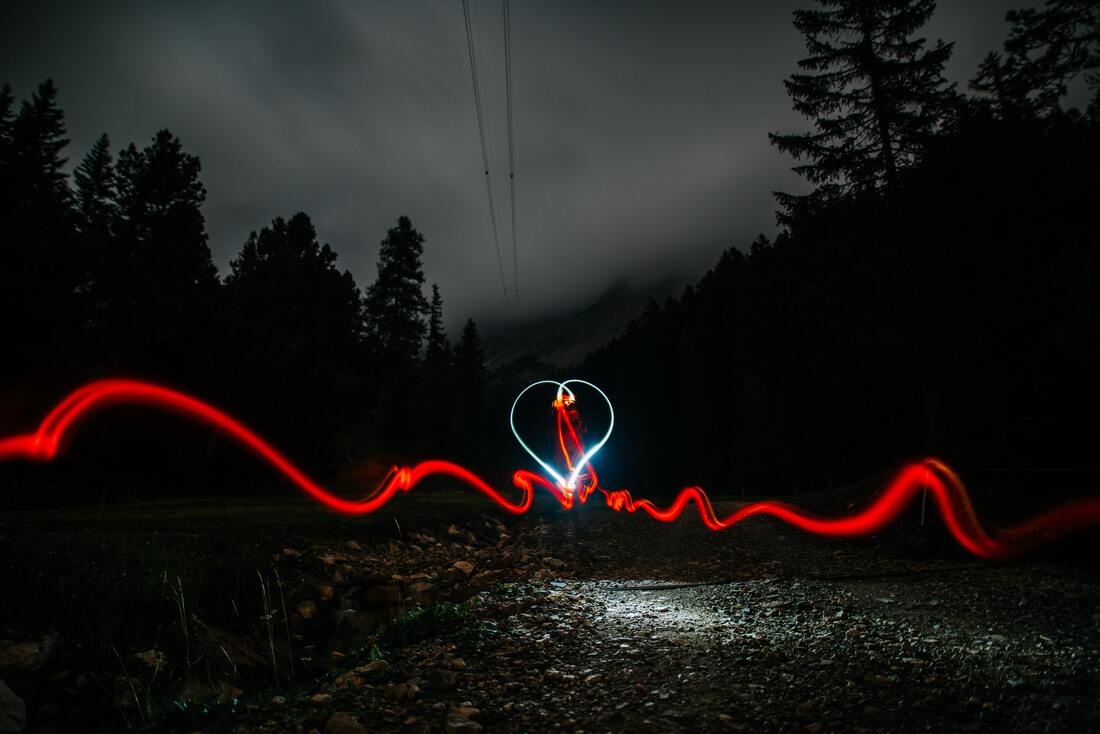
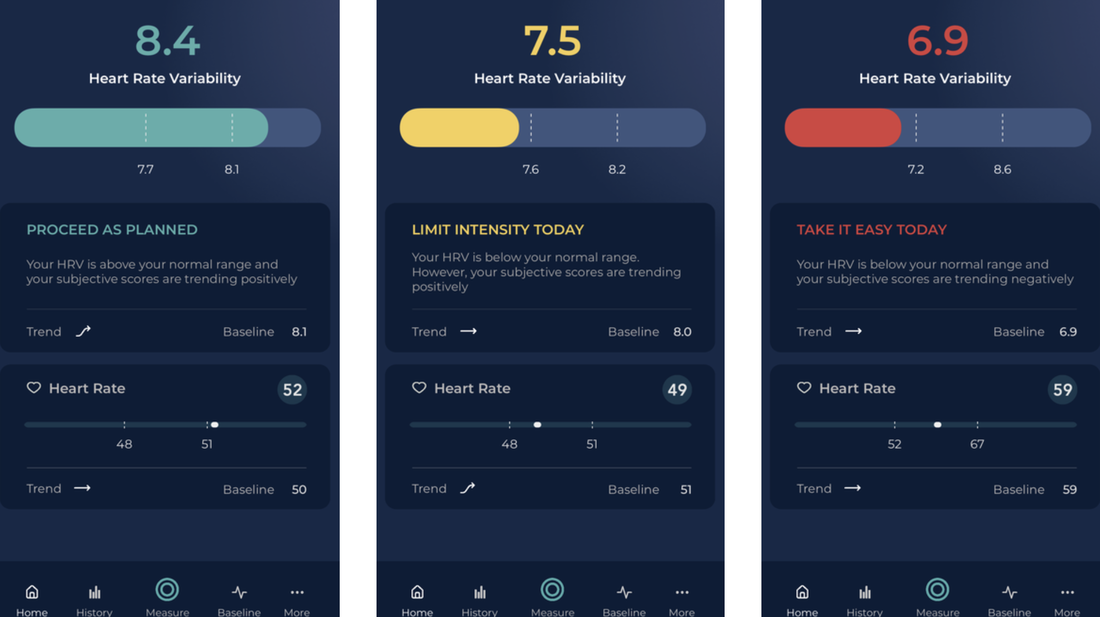
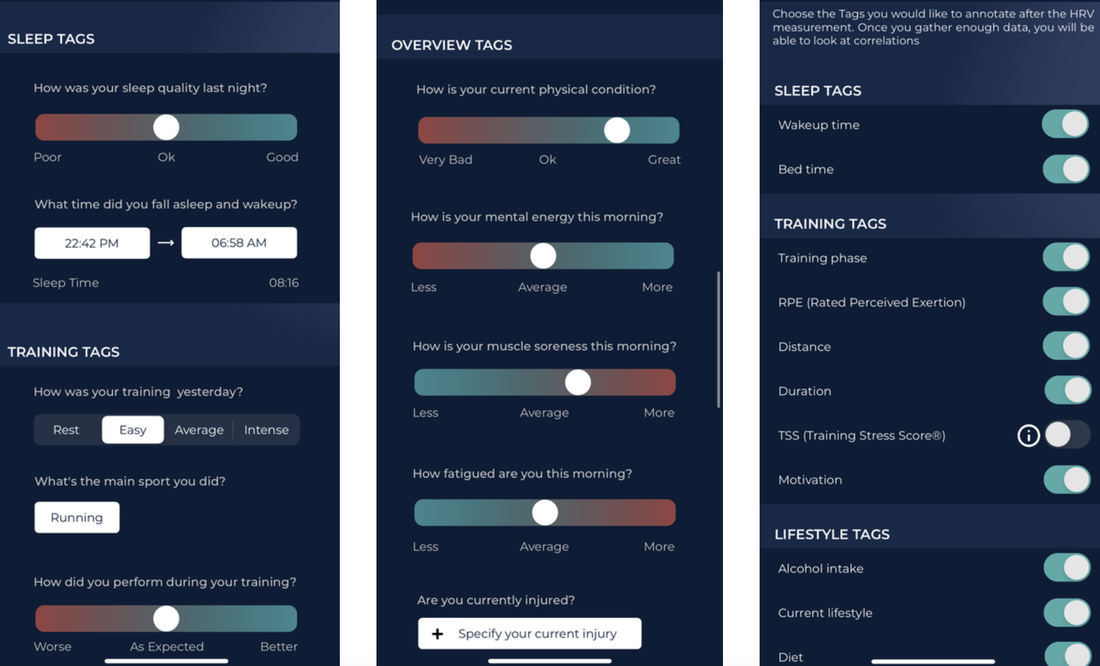

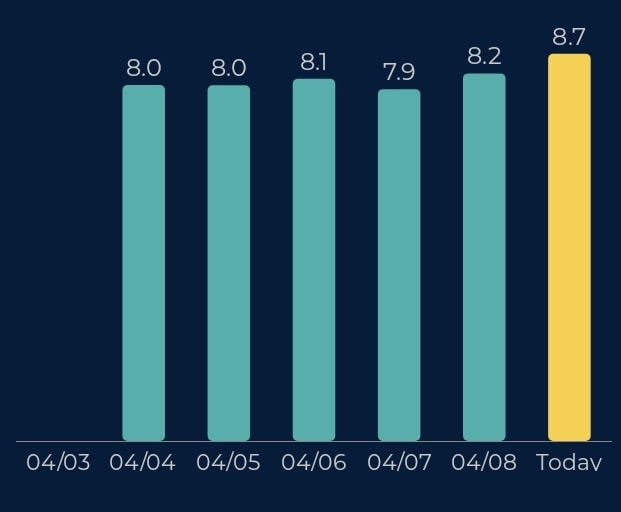
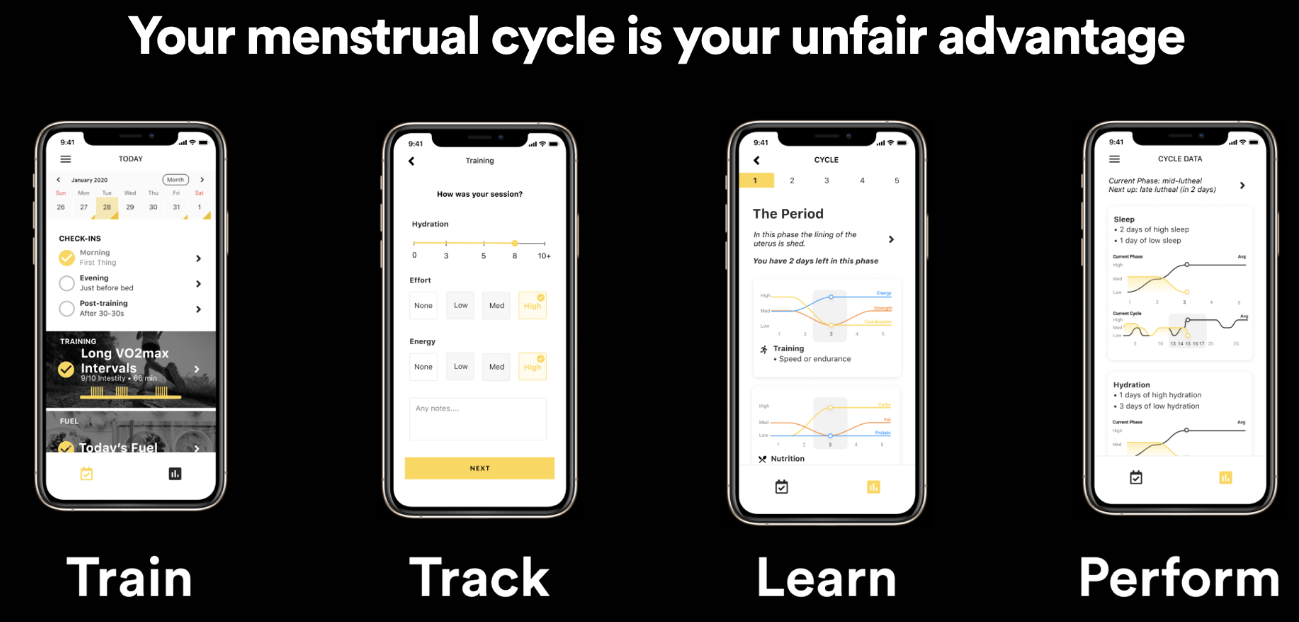
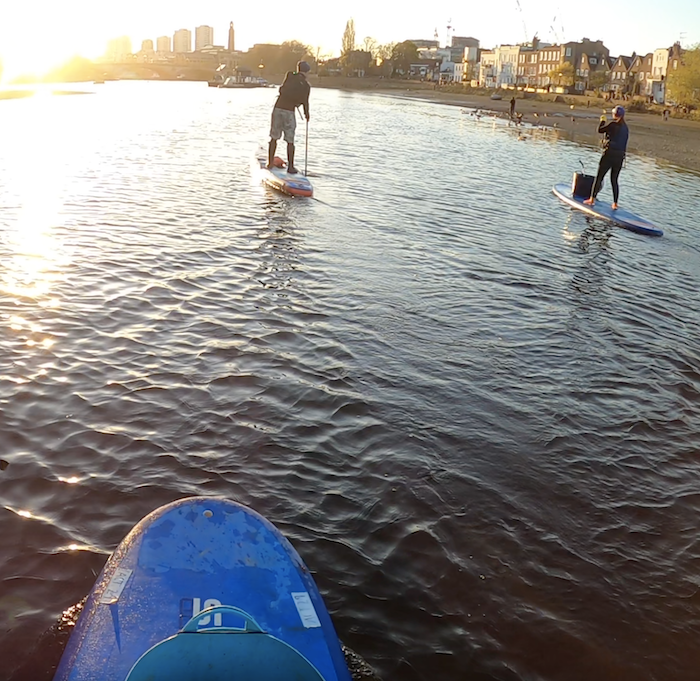
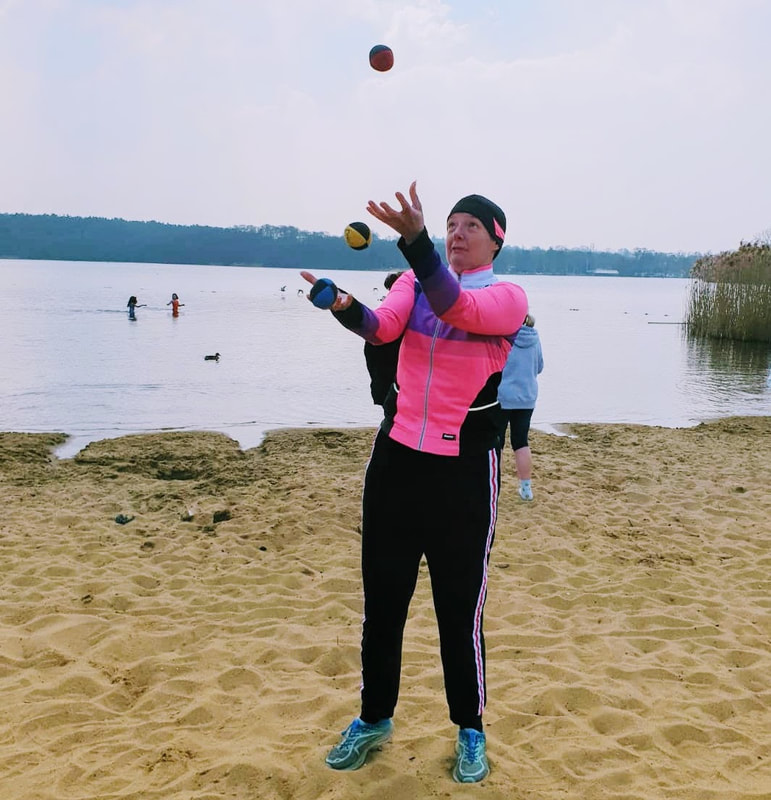
 RSS Feed
RSS Feed